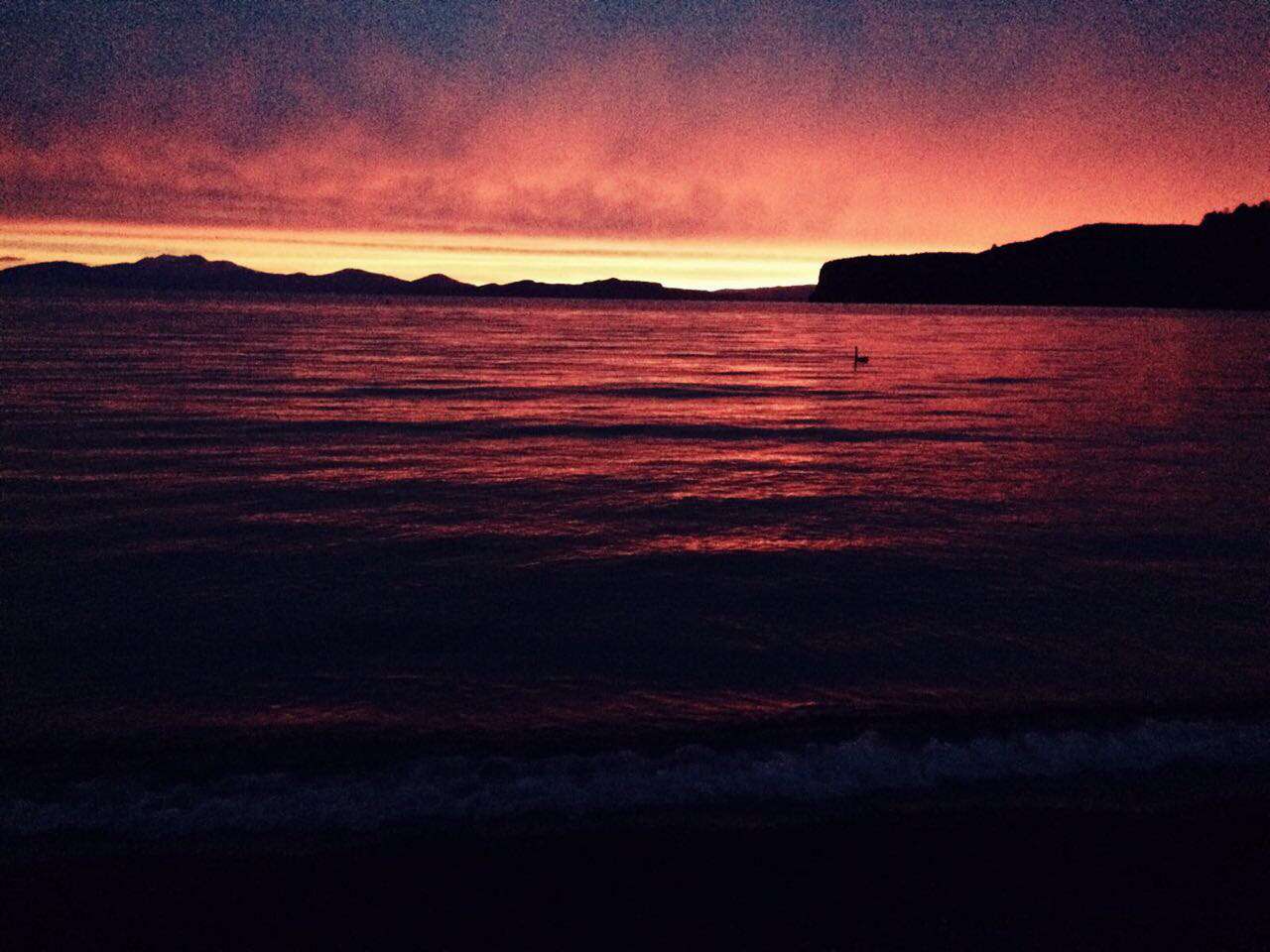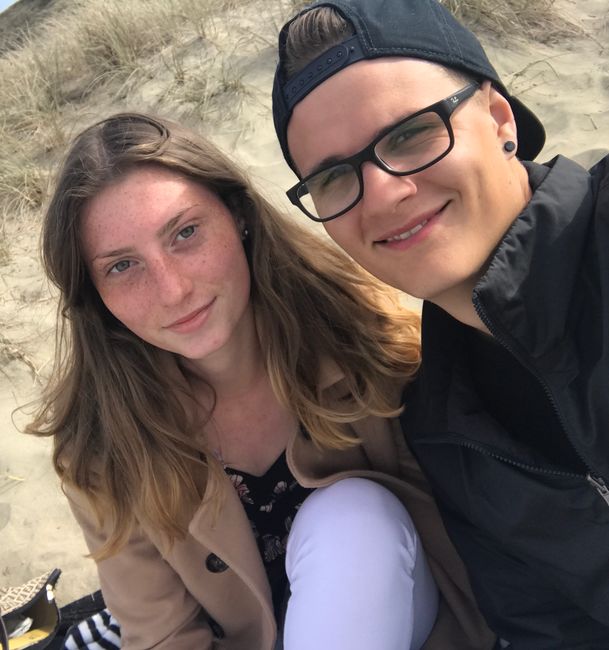Back to the streets
Басылган: 22.09.2017
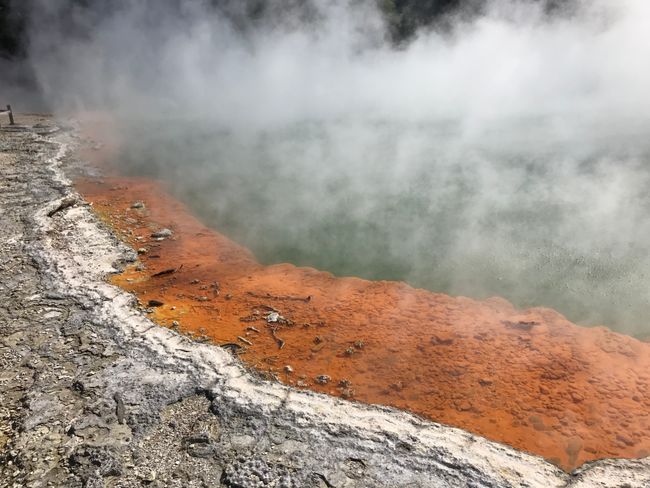
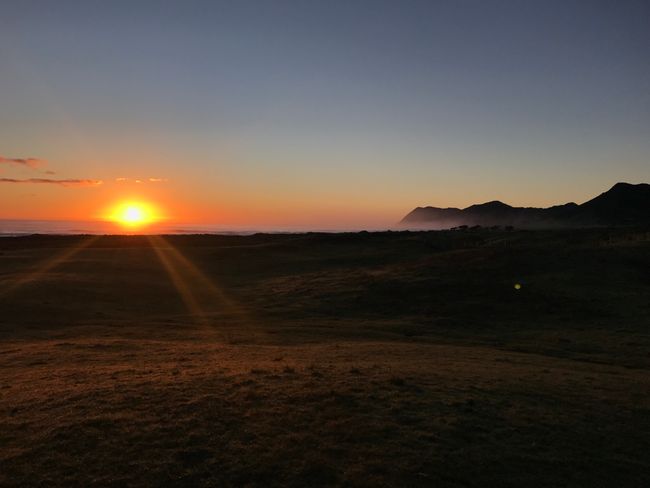
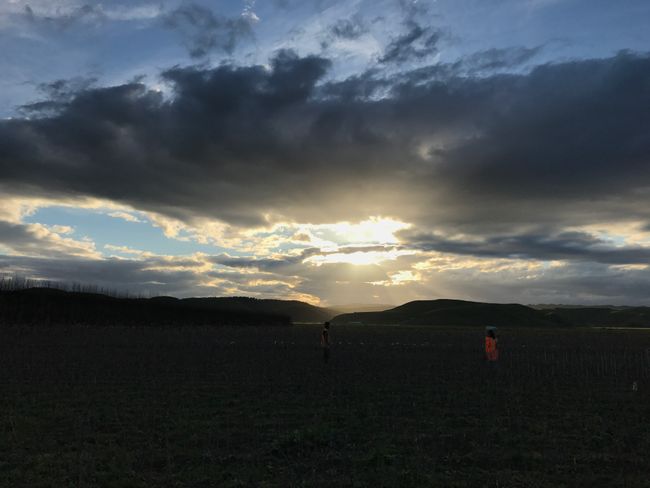
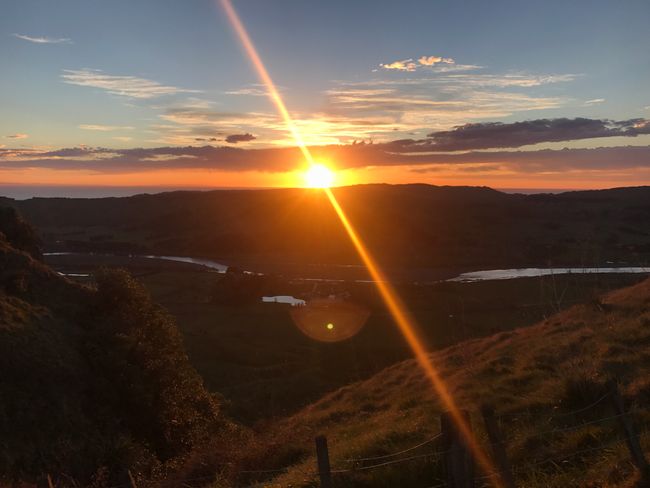
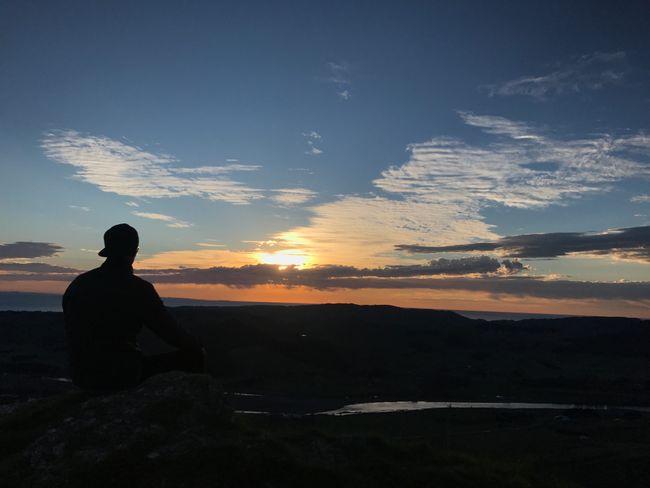
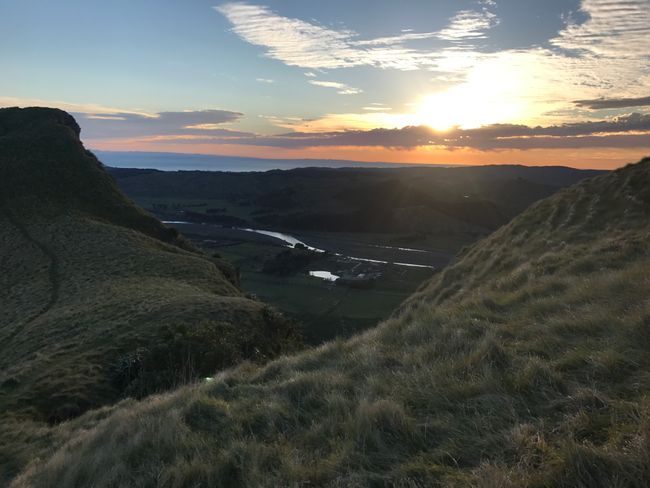
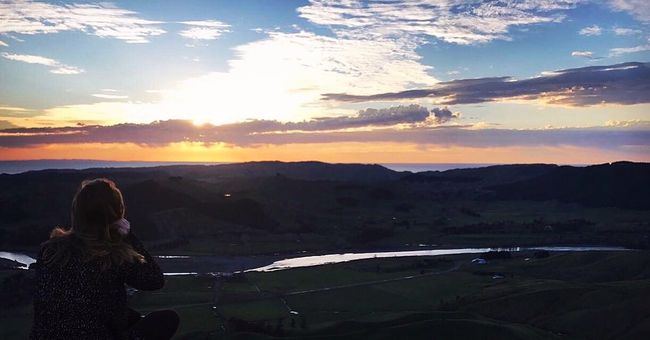
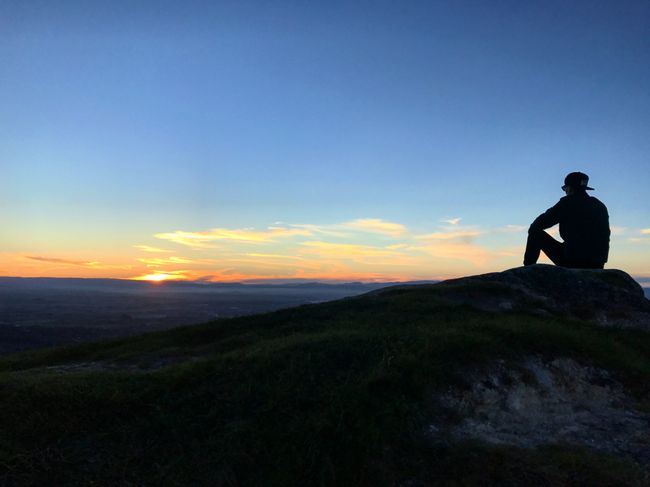
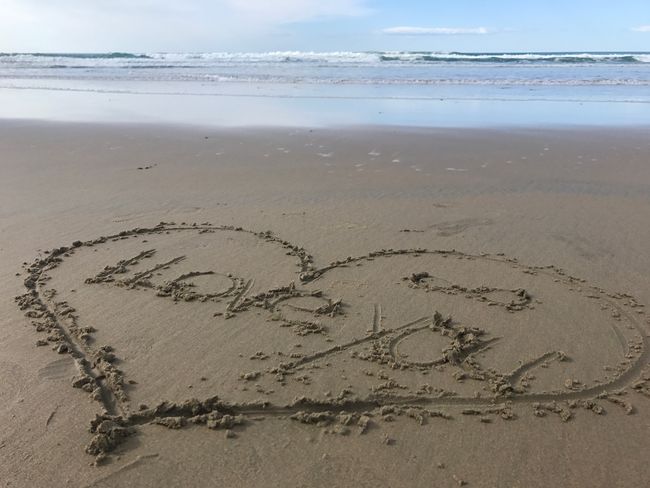
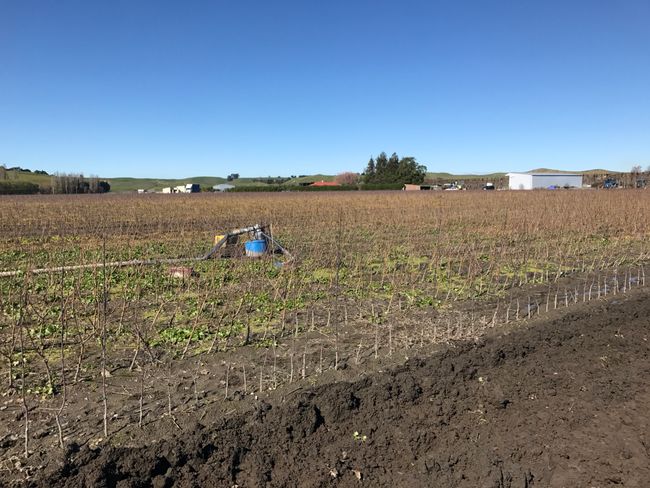
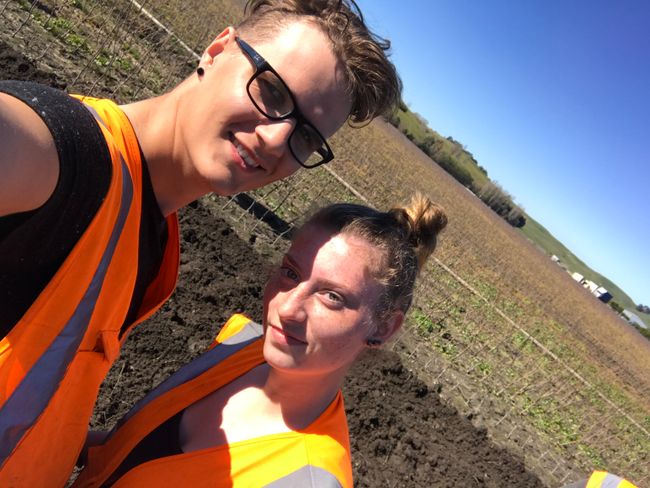
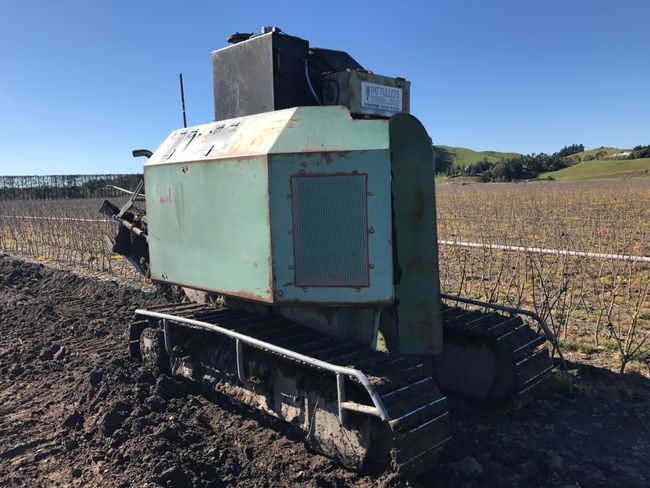
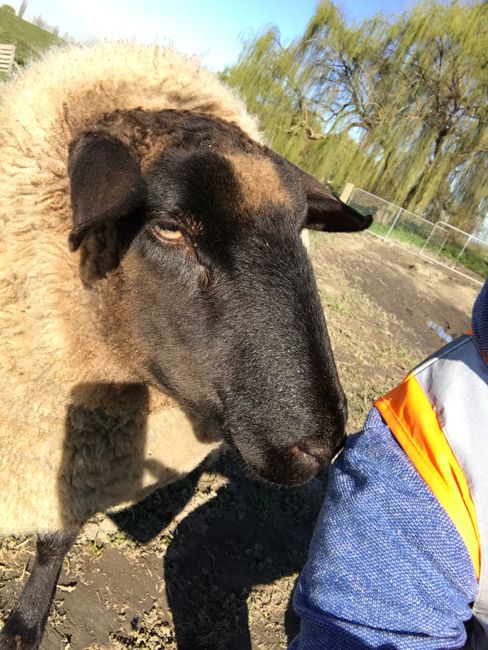
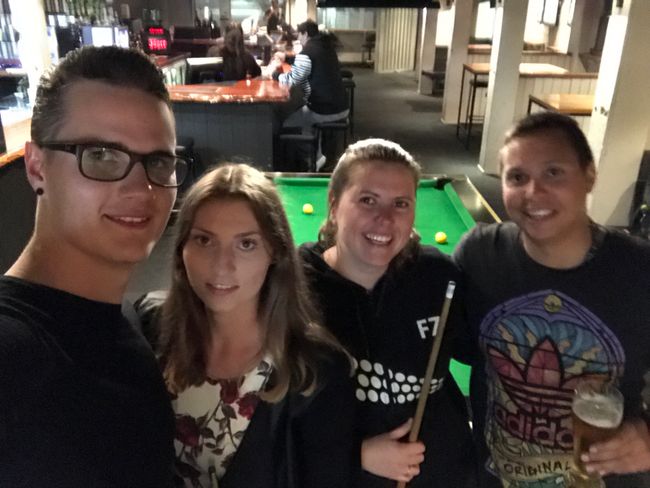
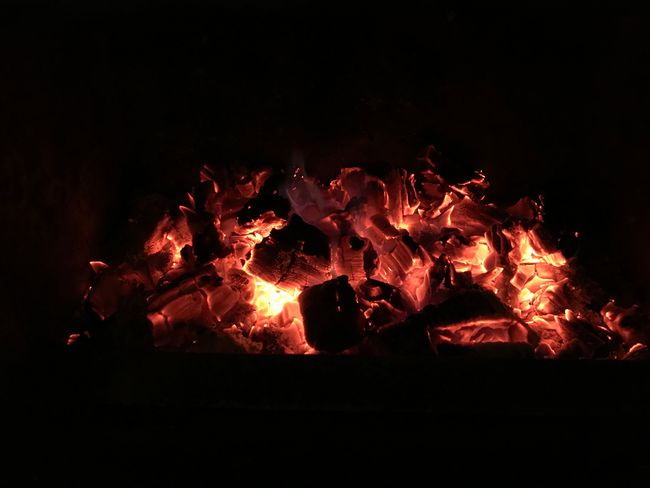
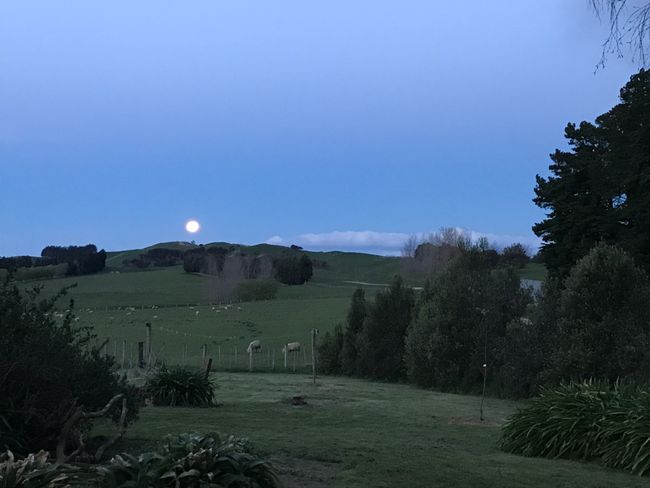
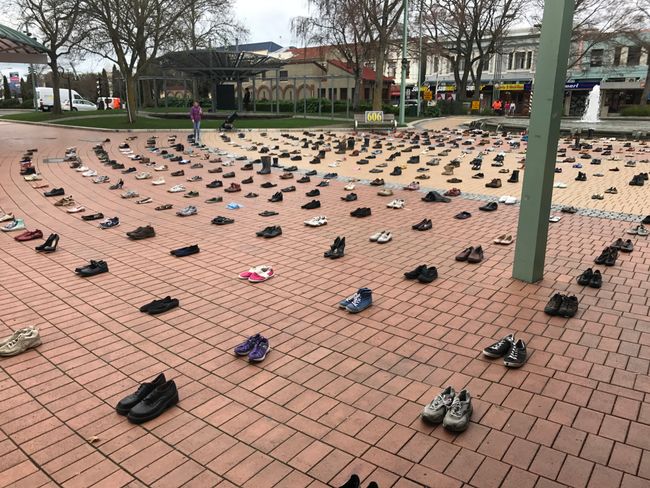
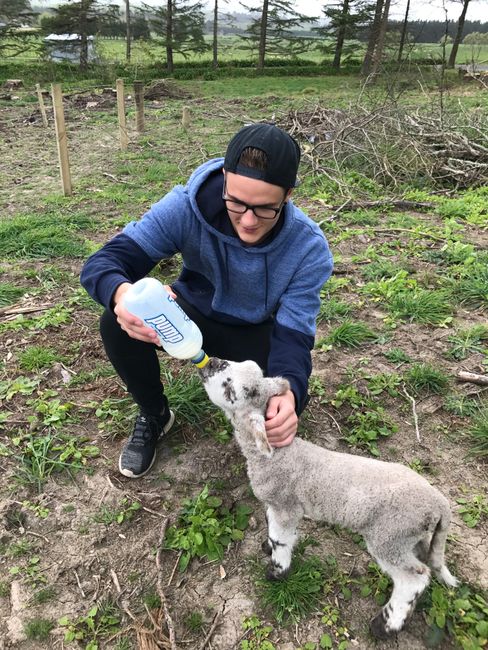
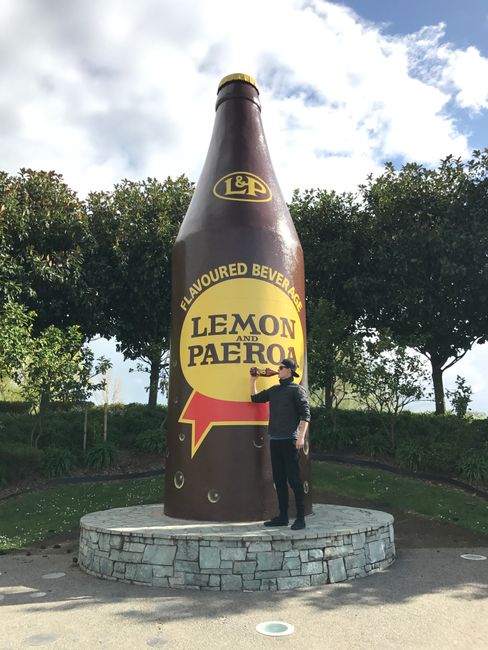
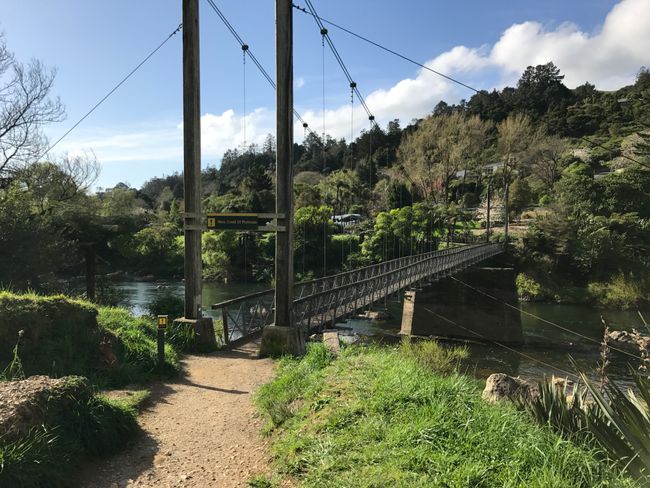
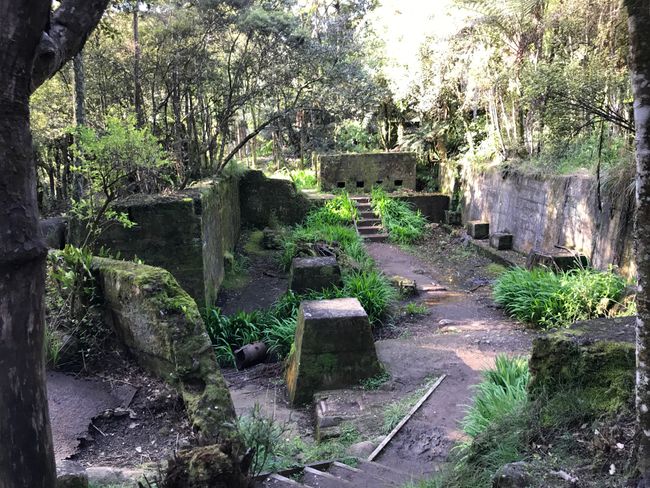
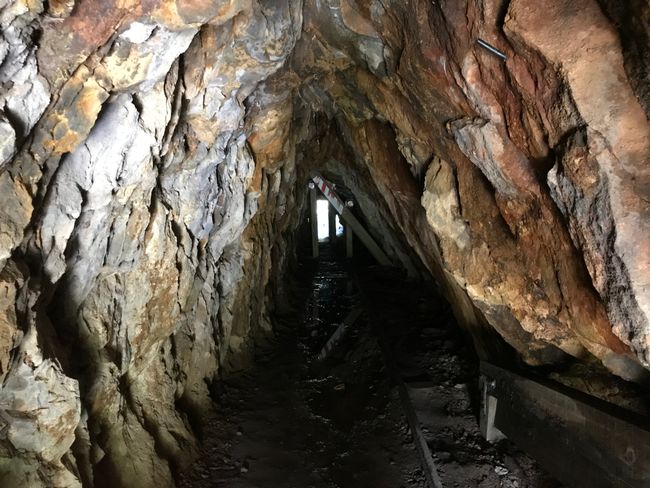
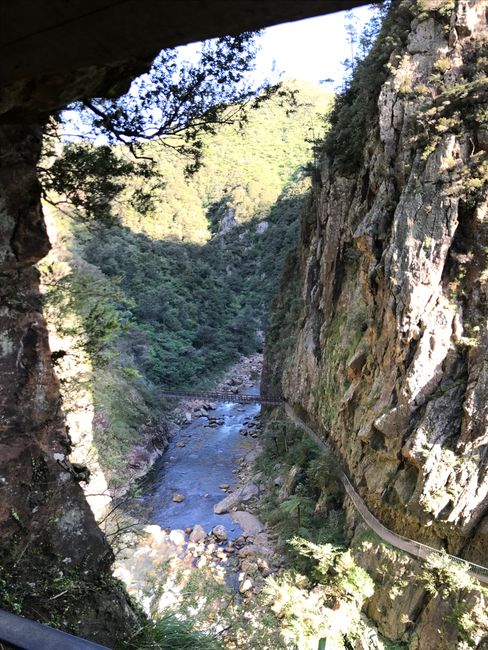
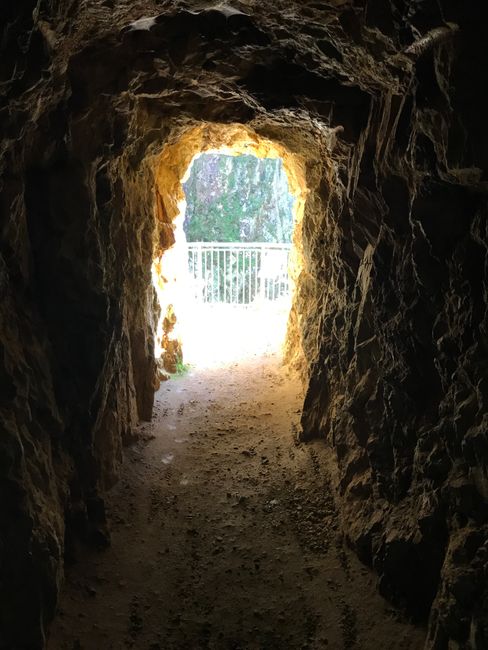
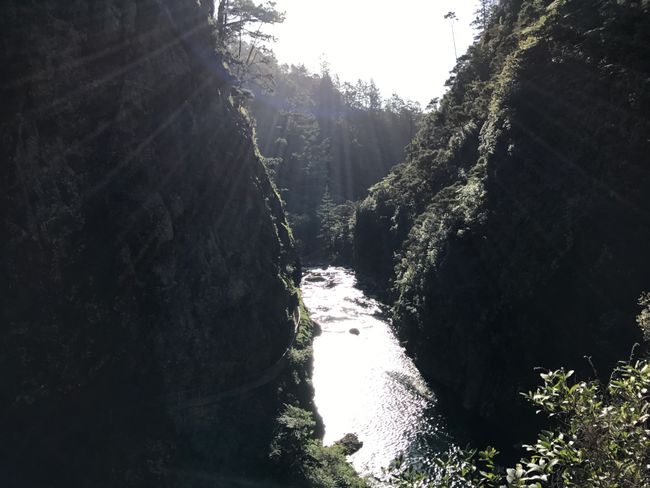
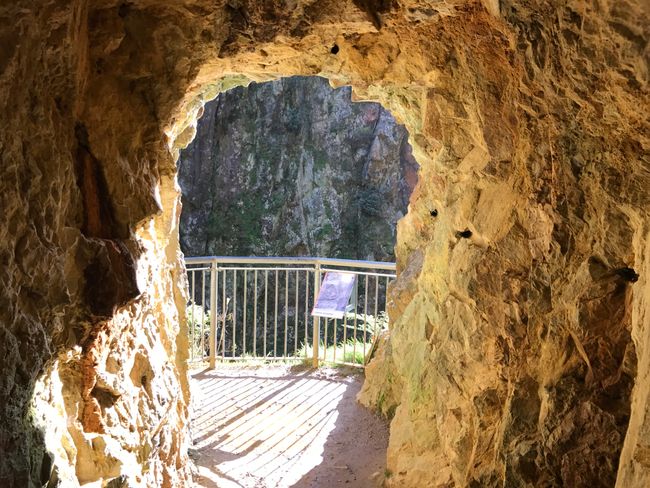
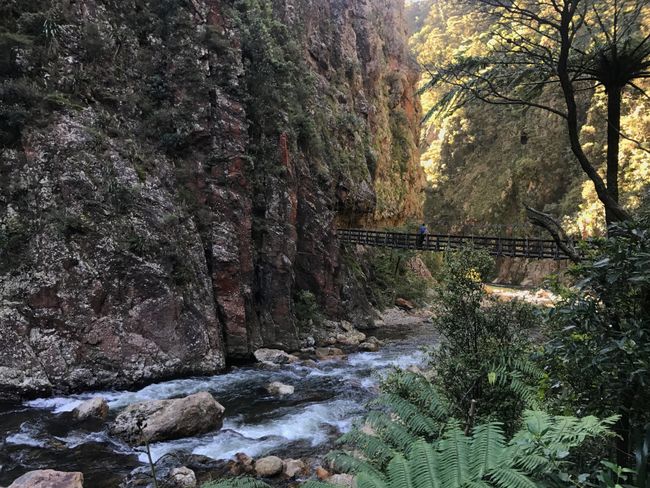
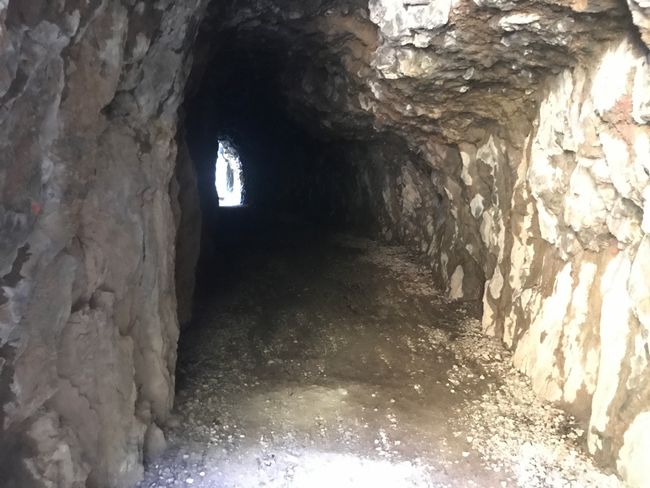
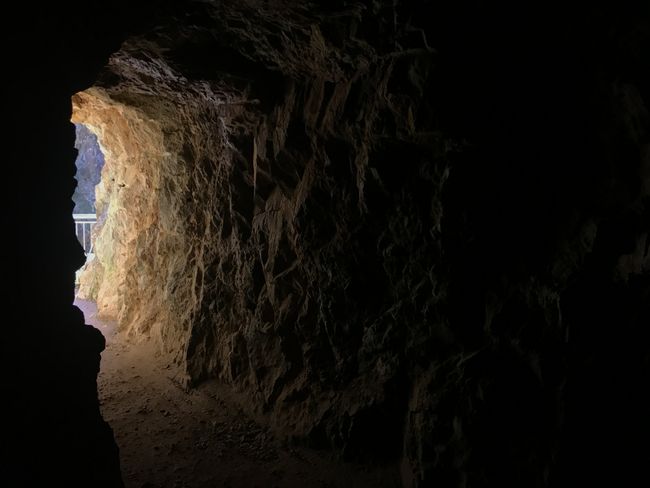
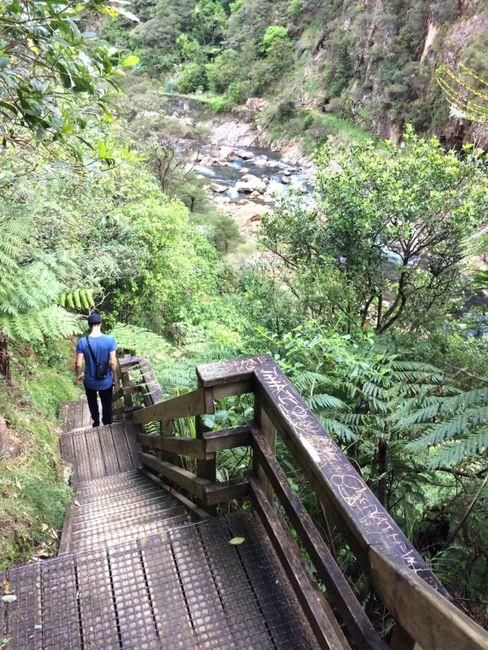

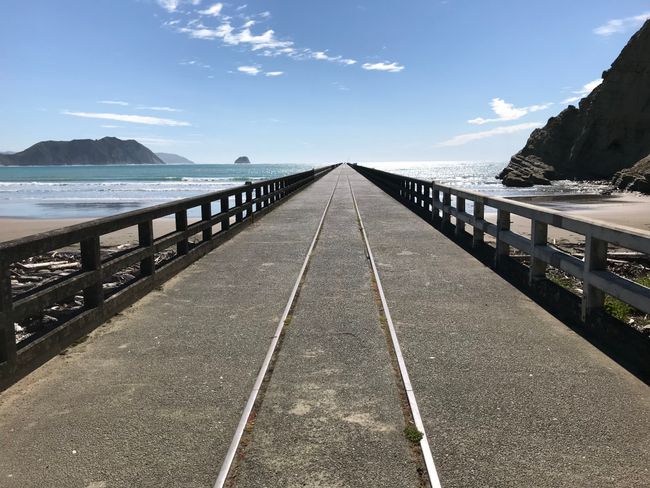
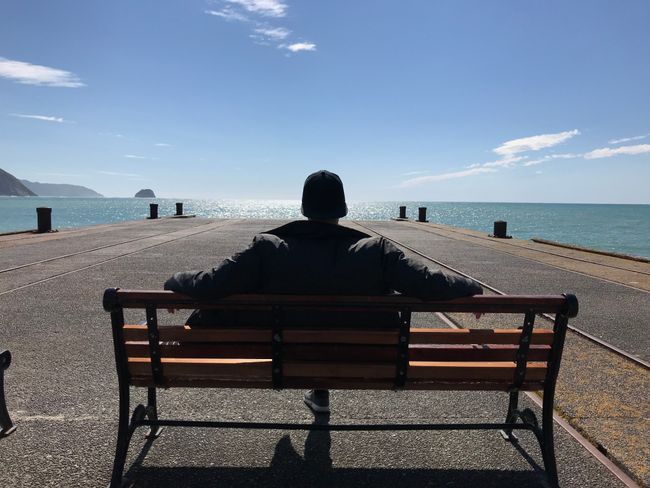
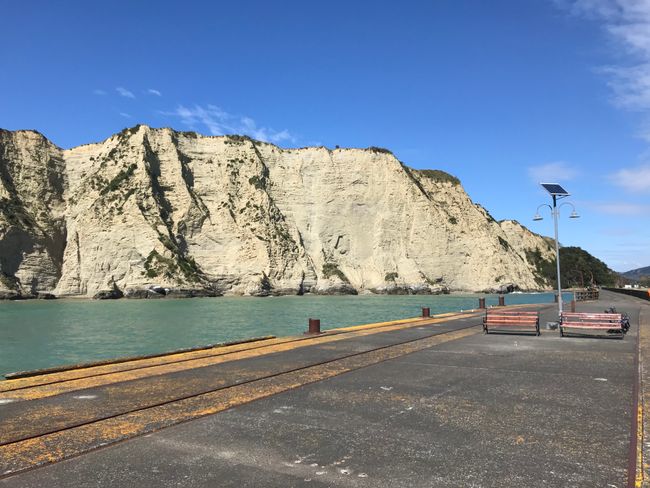
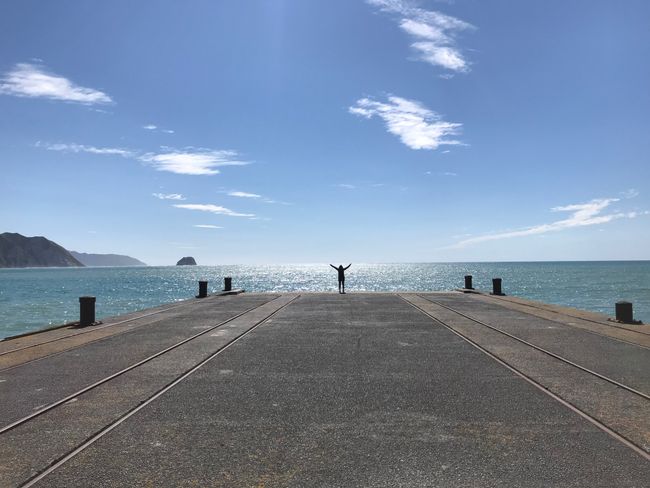
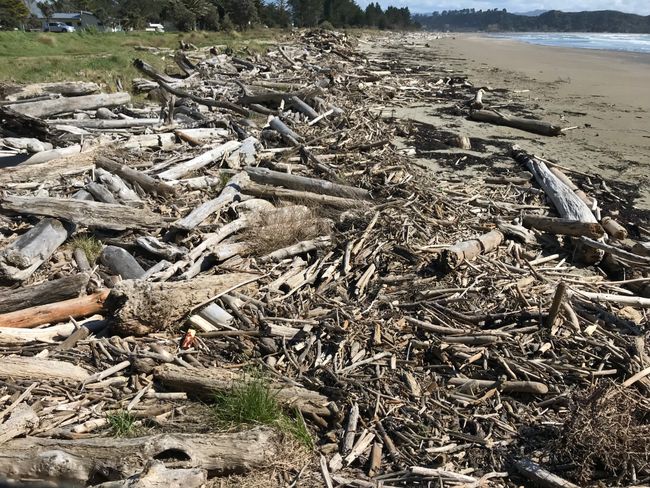
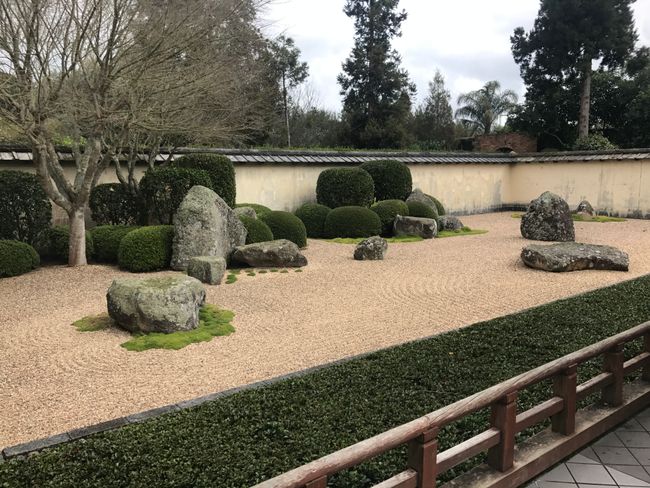
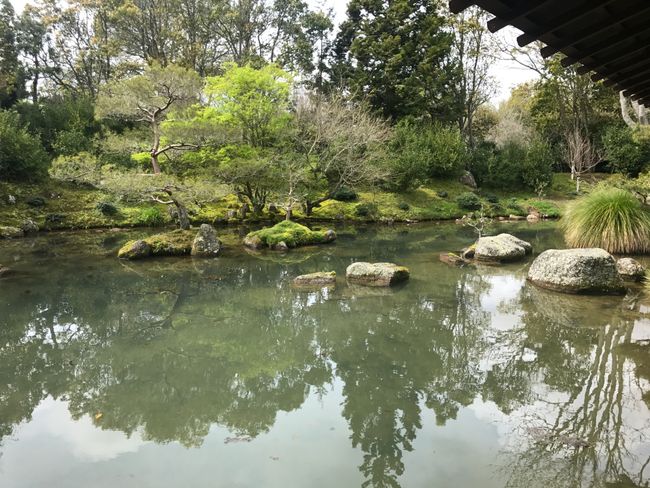
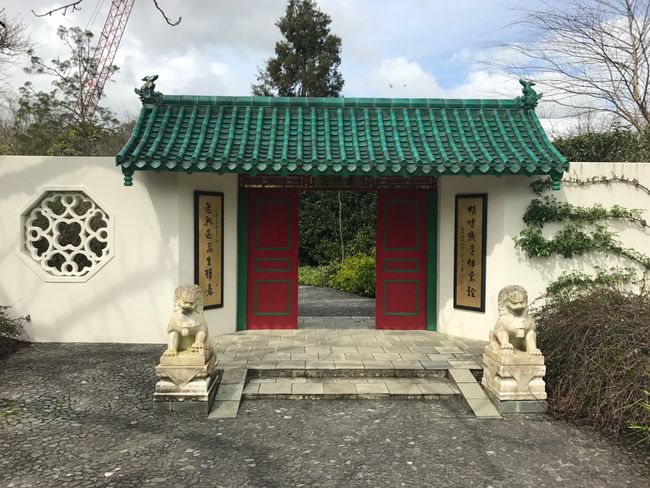
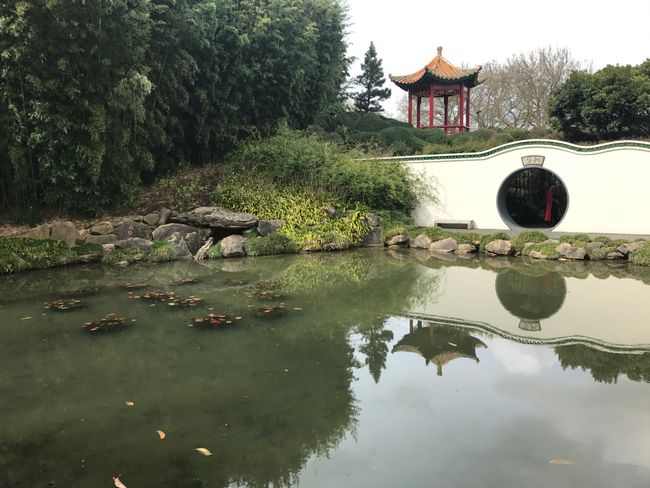
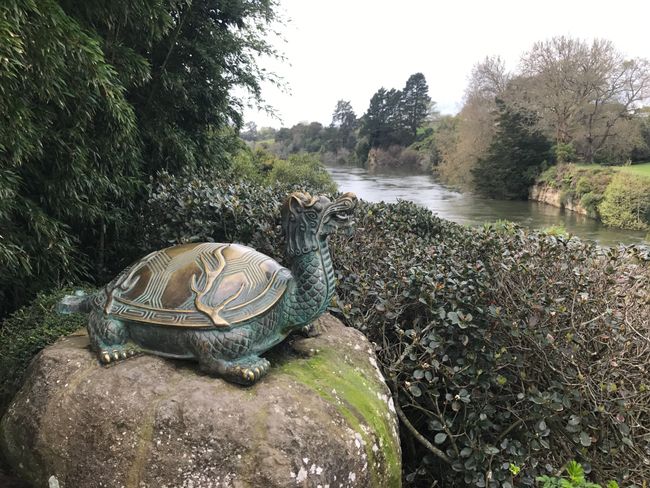
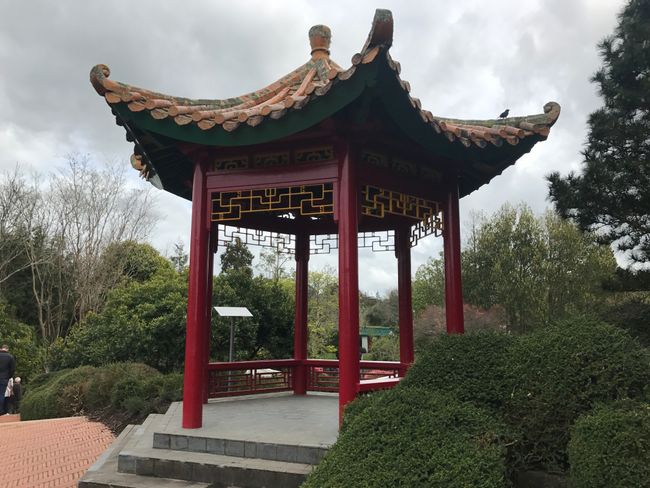
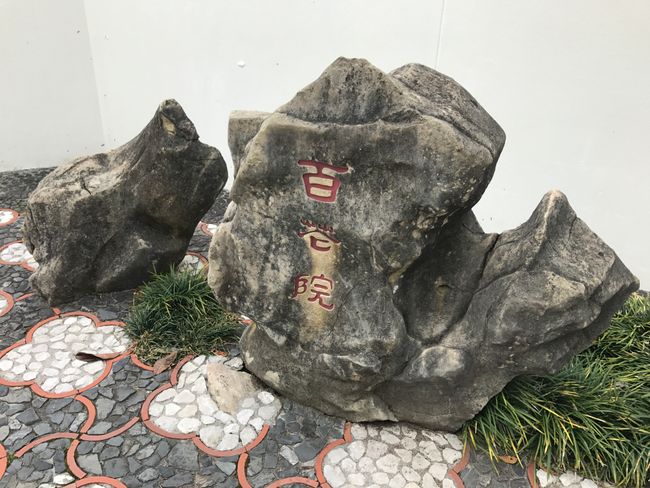
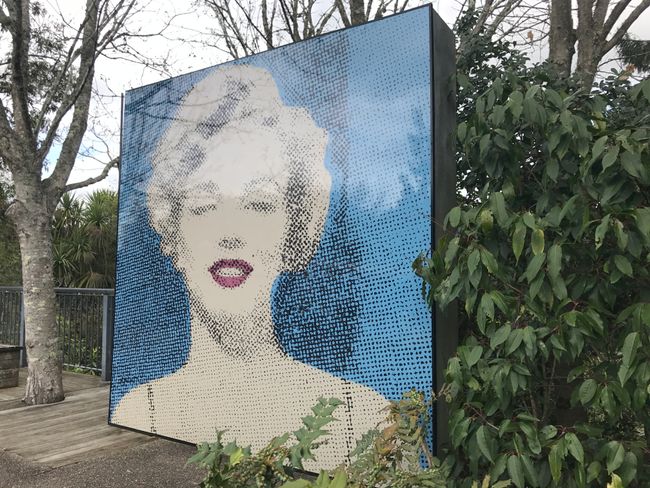
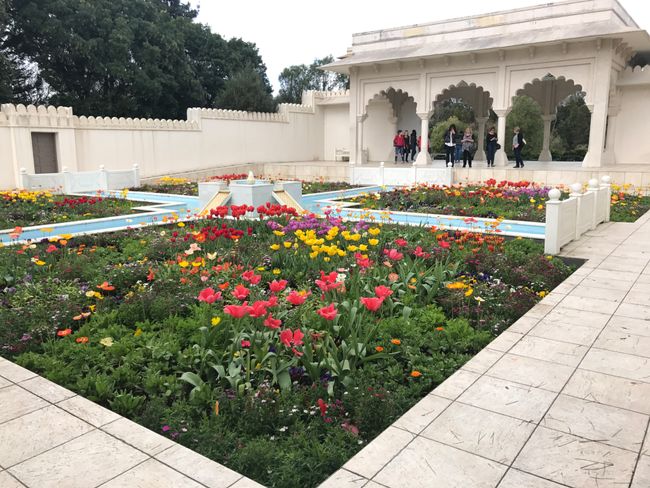
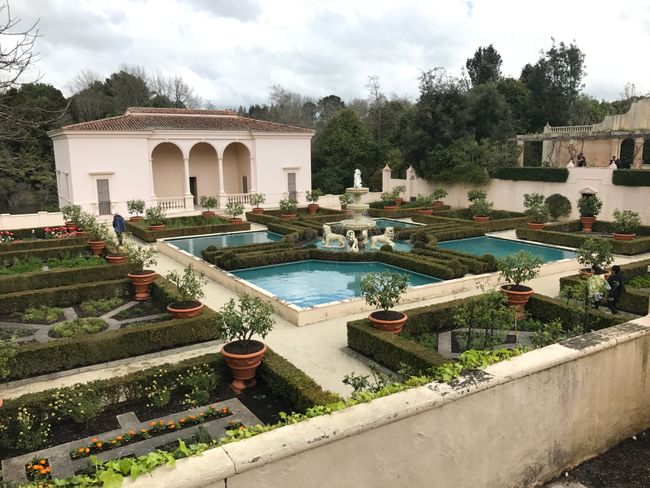
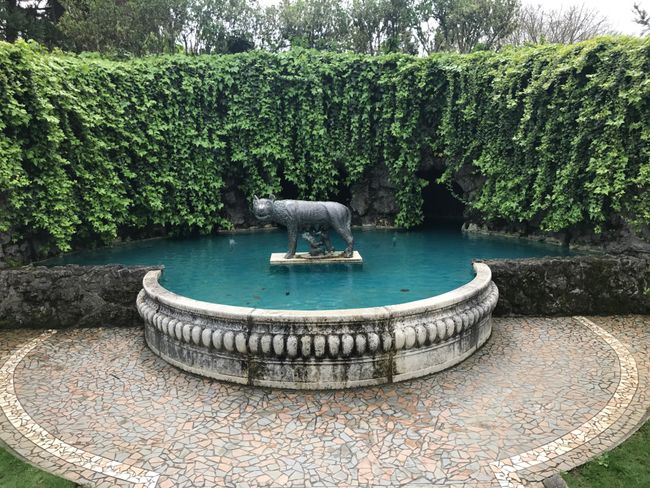
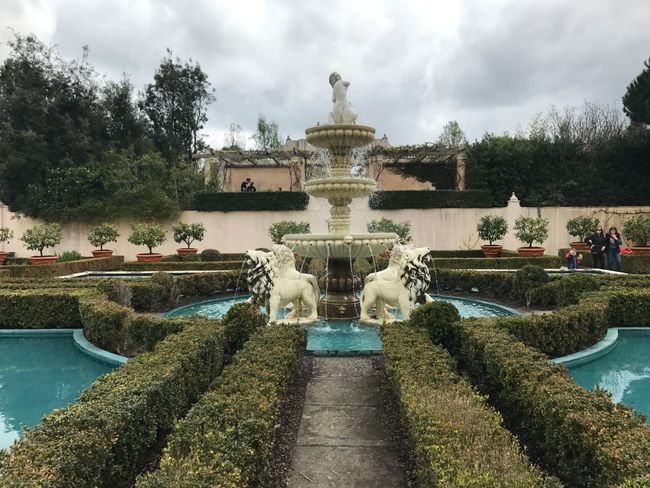
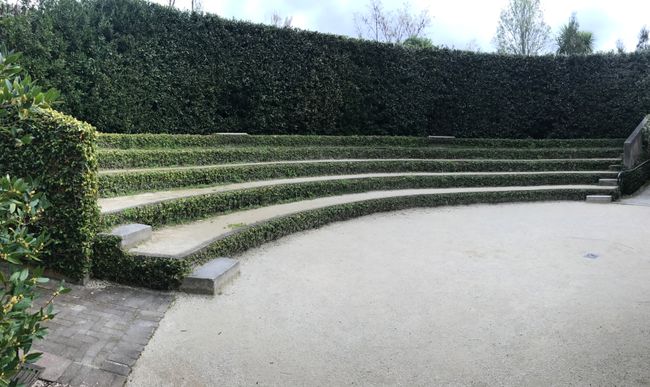
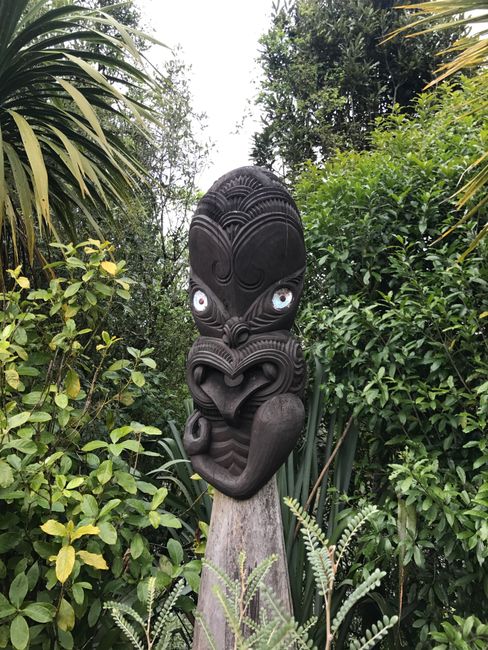
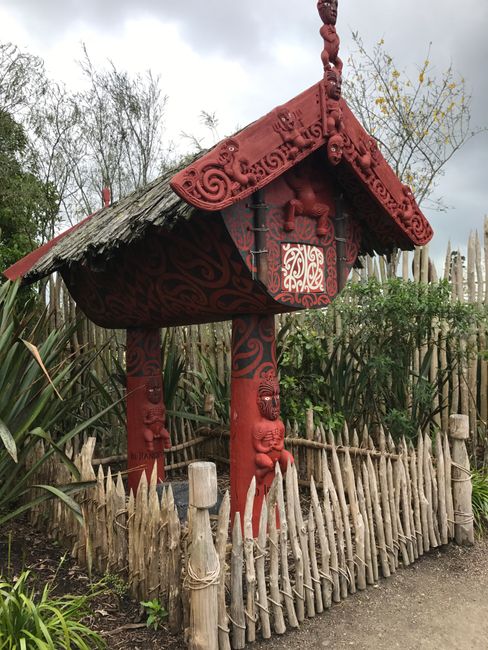
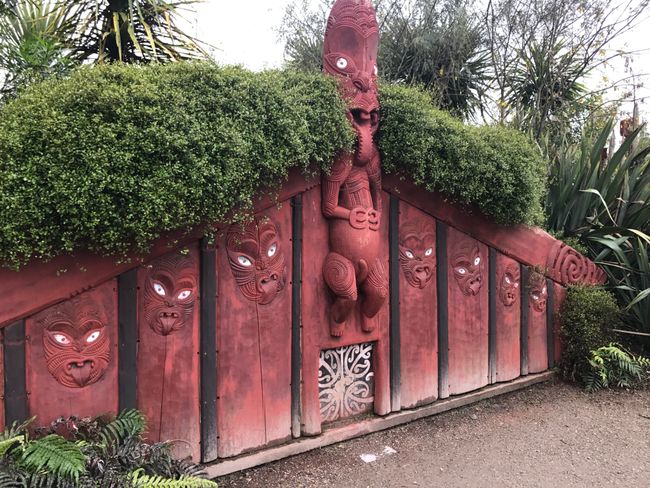
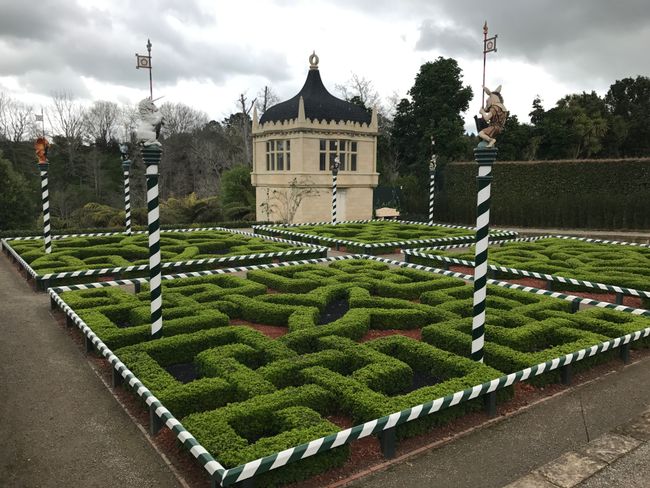
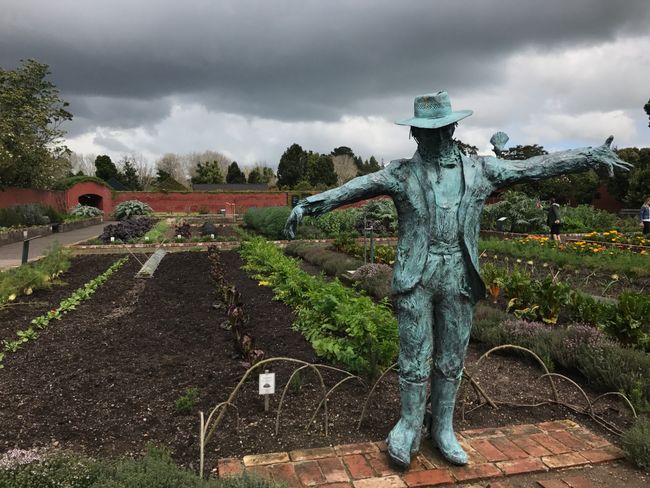
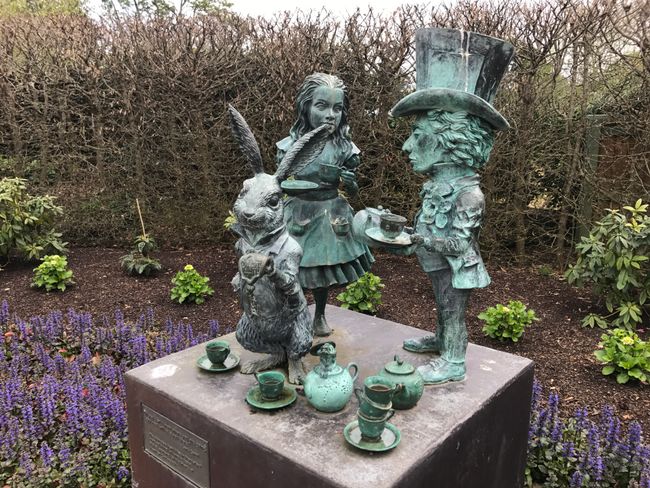
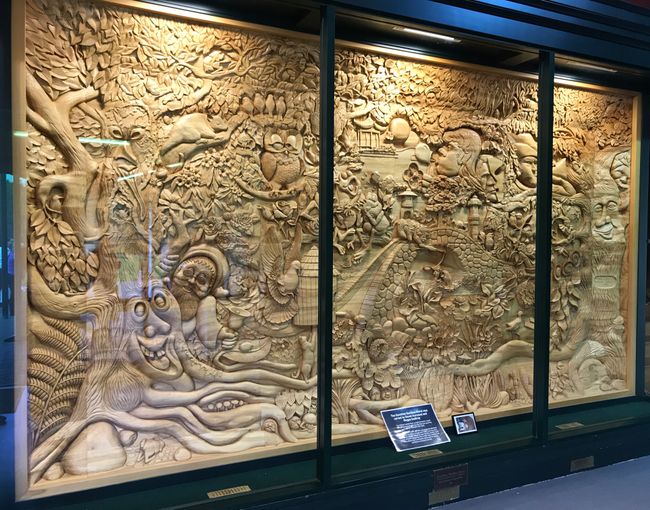
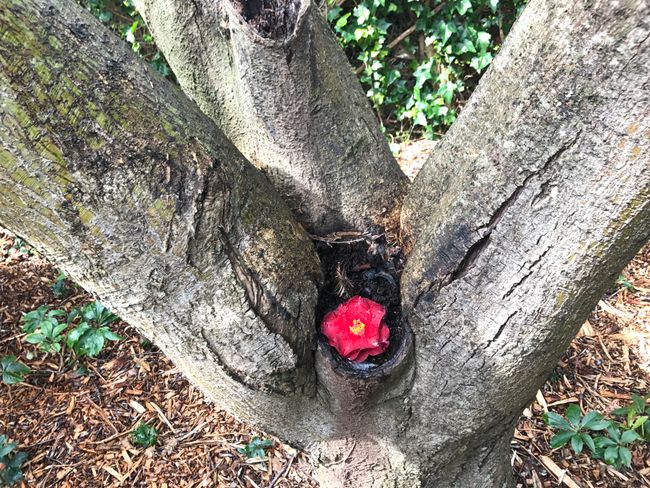
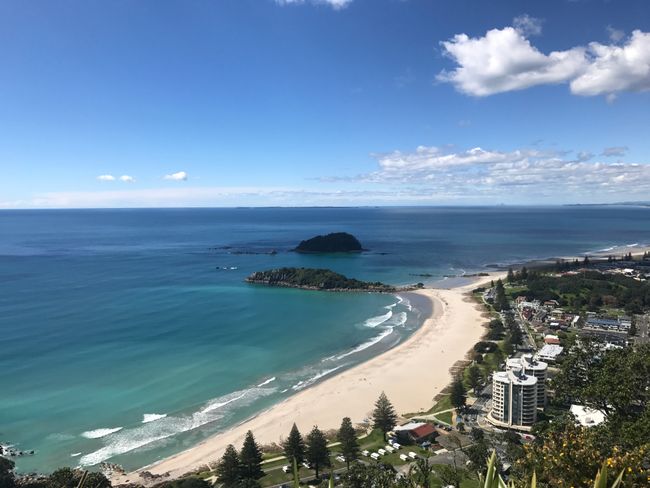
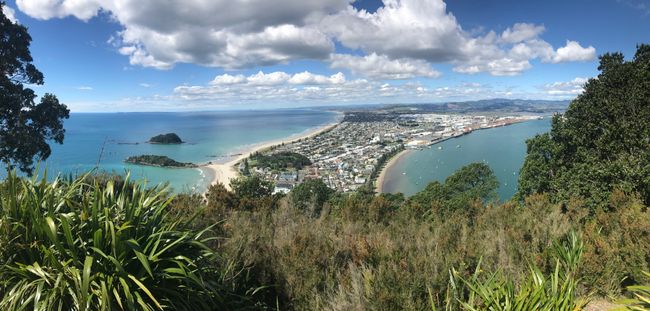
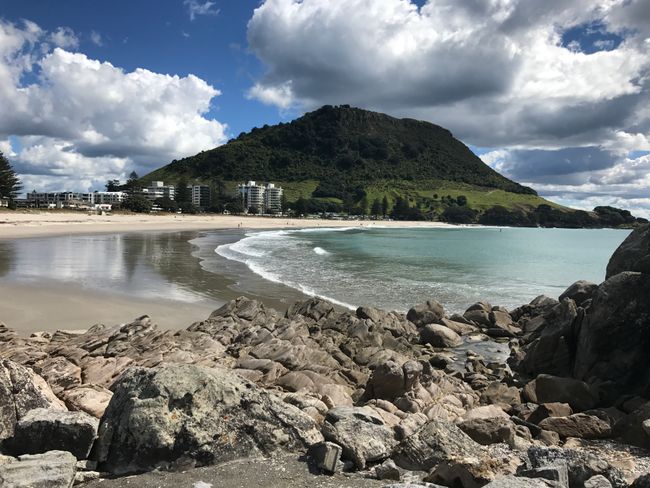
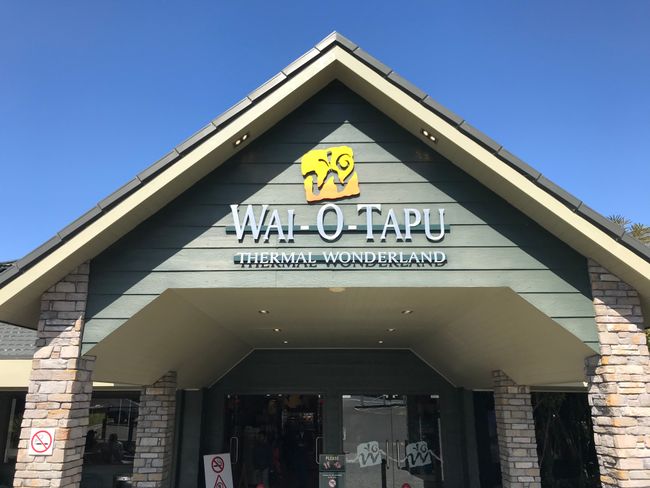
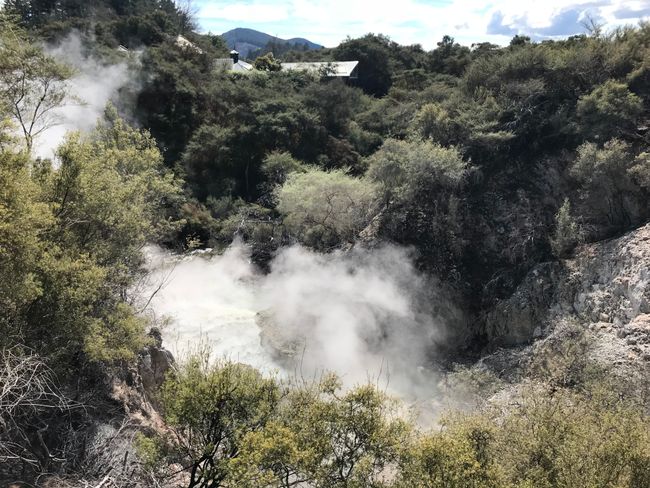
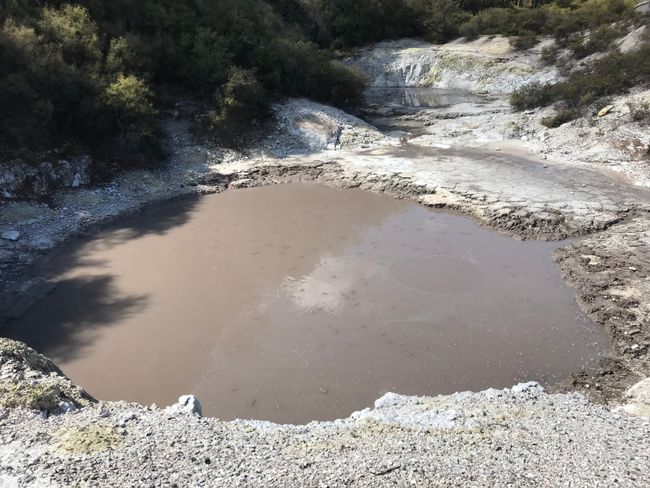
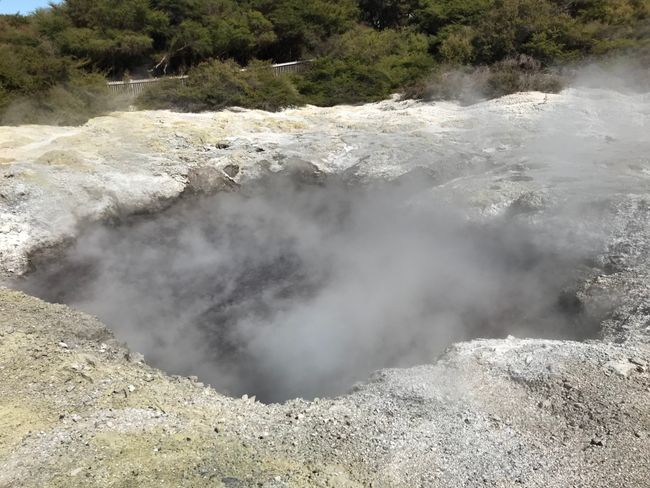
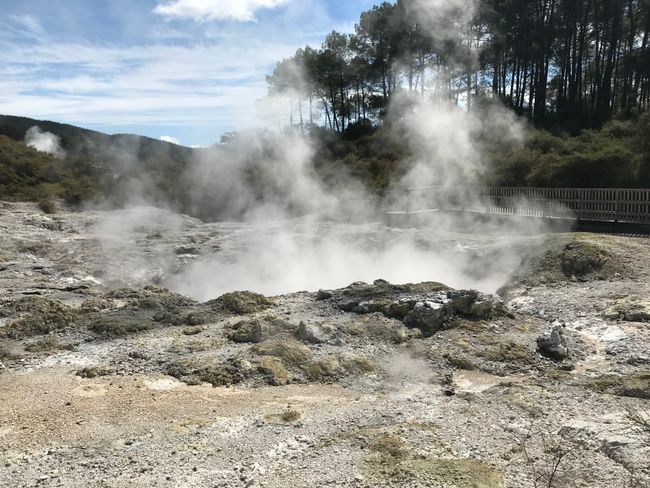
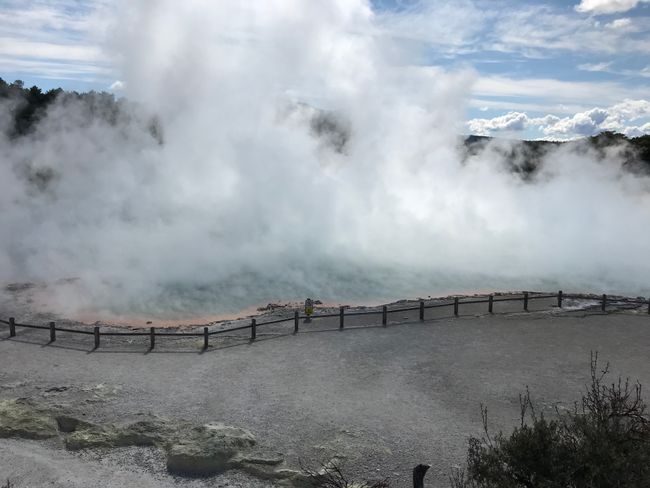
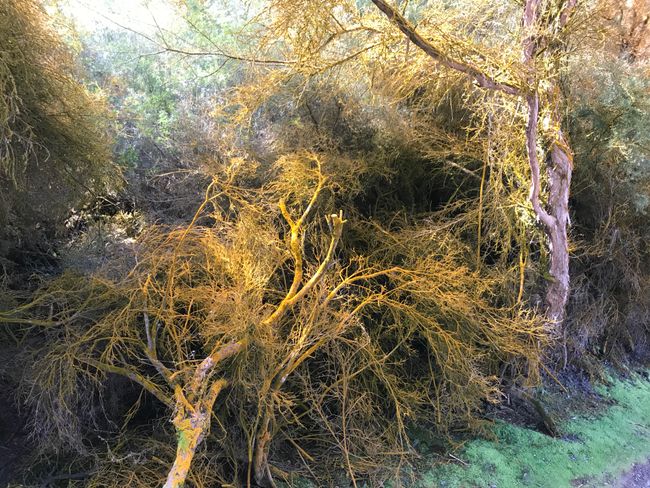
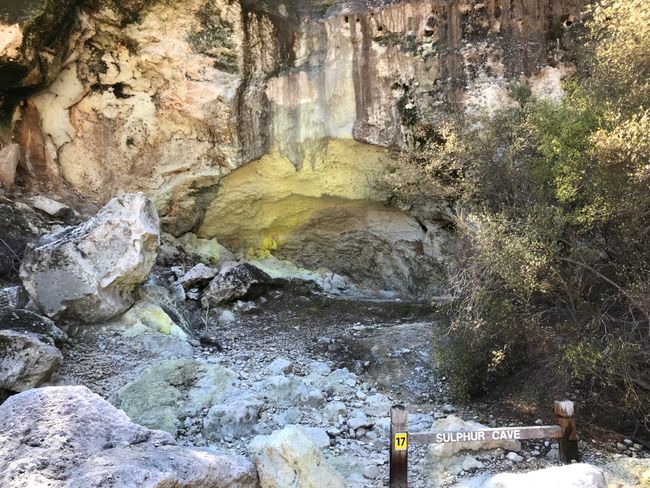
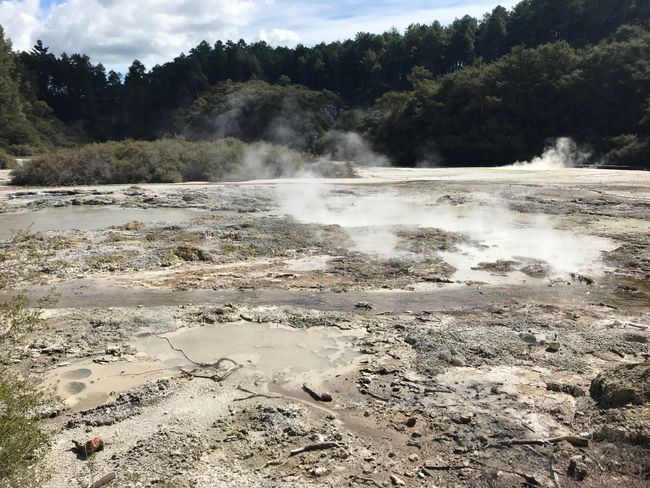
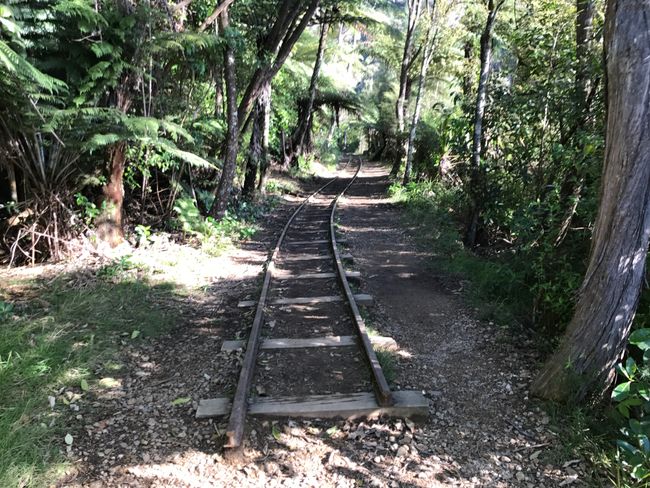
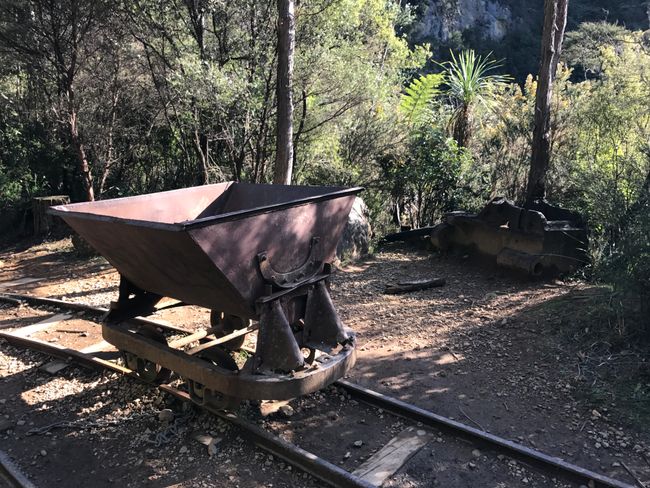
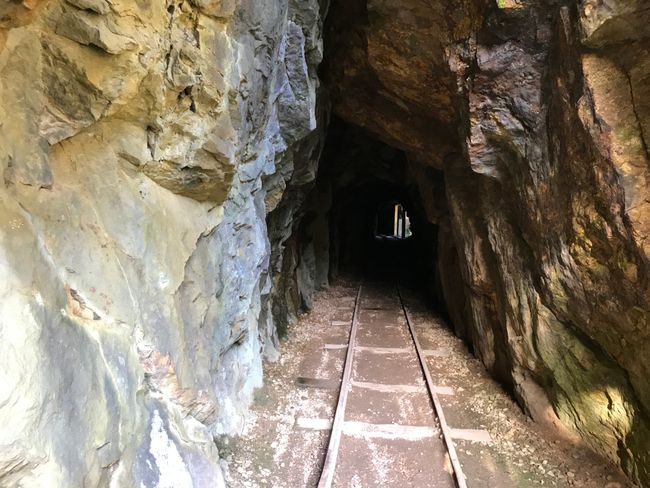
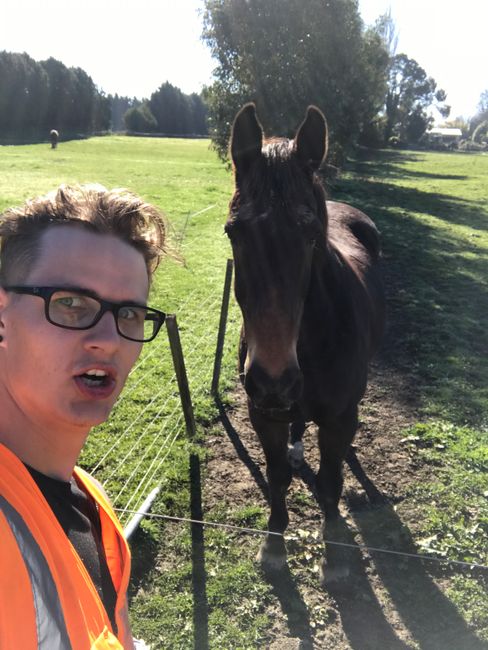
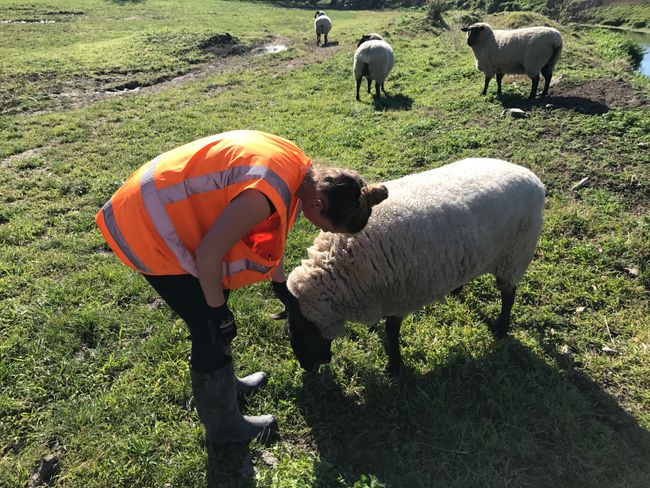
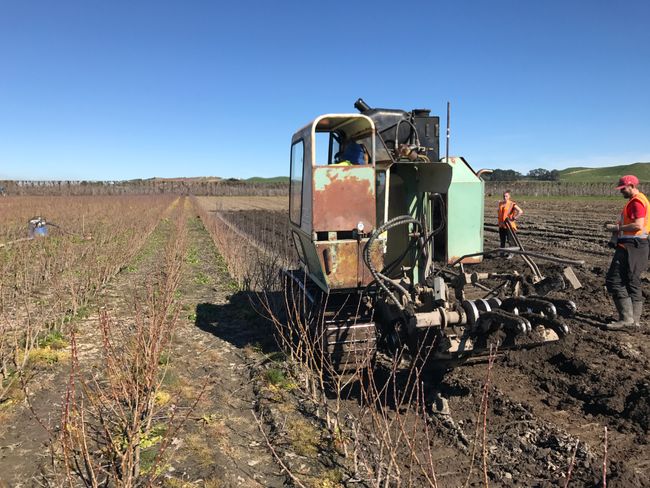
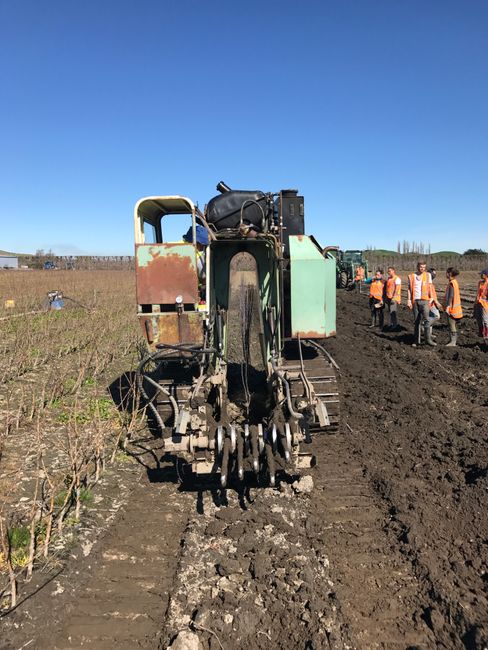
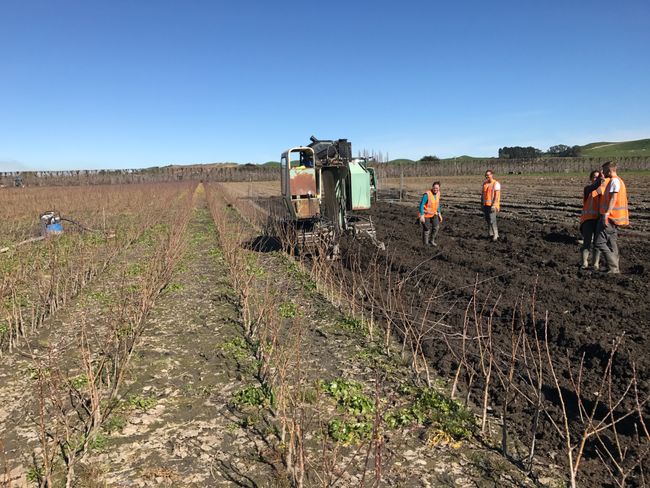
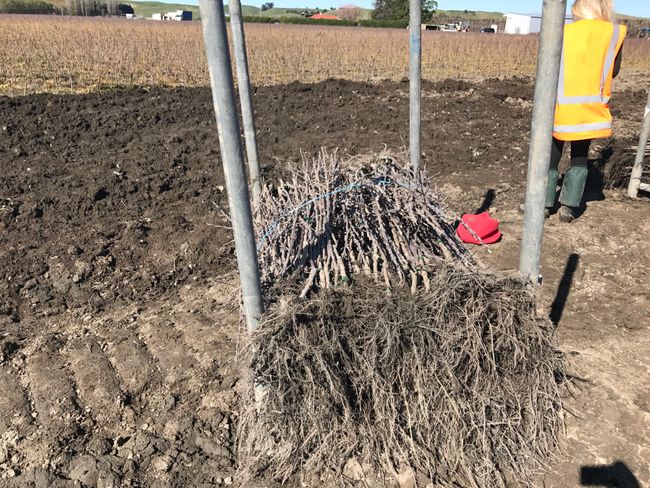
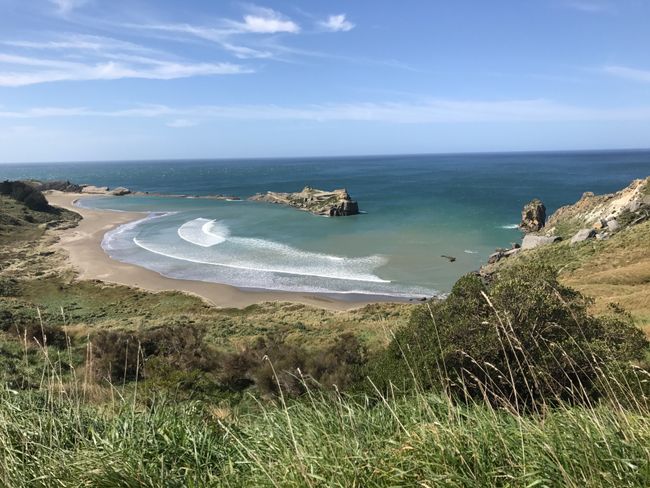
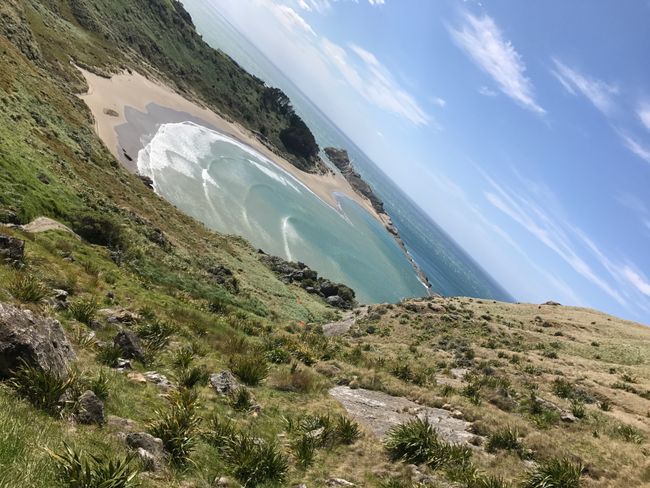
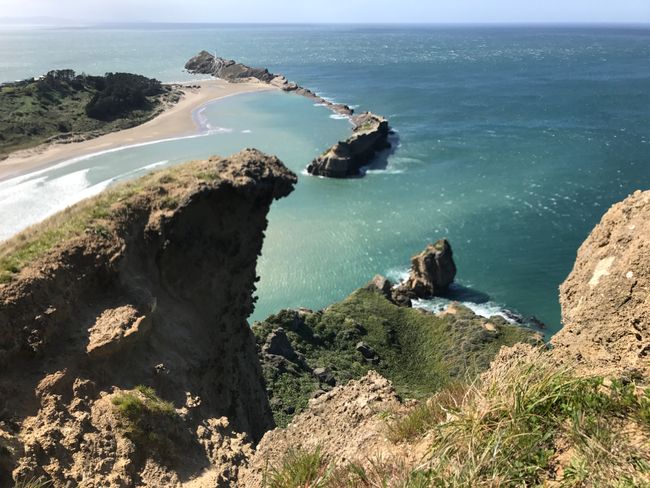
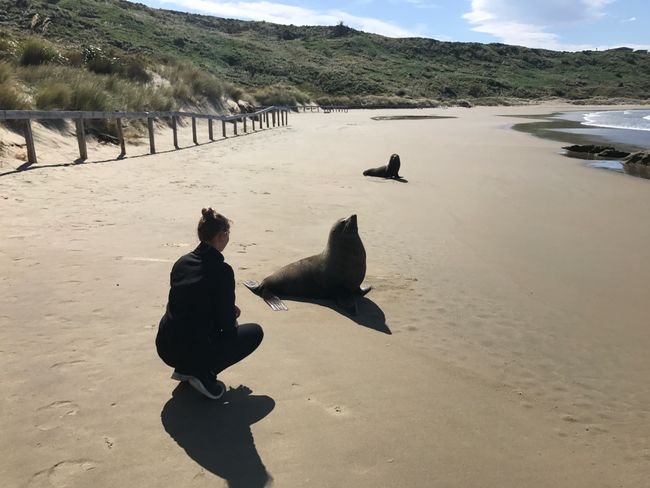
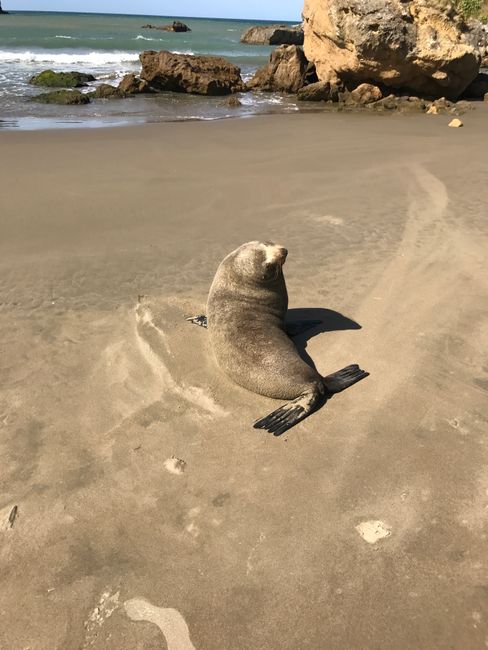
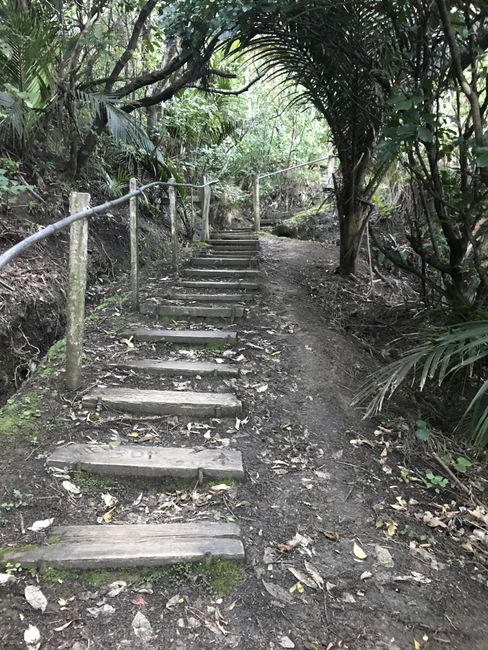
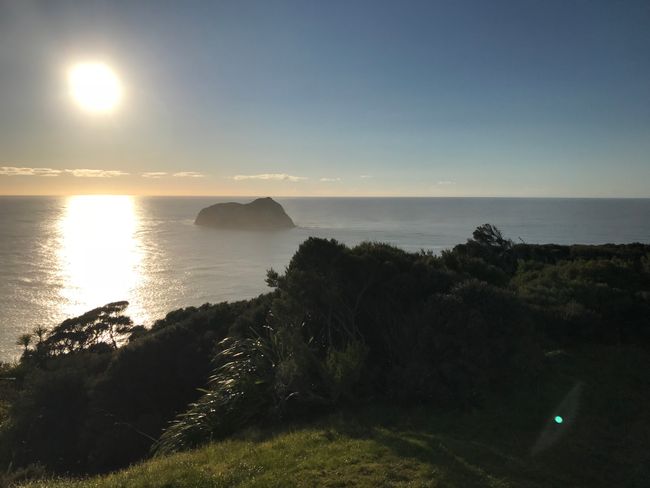
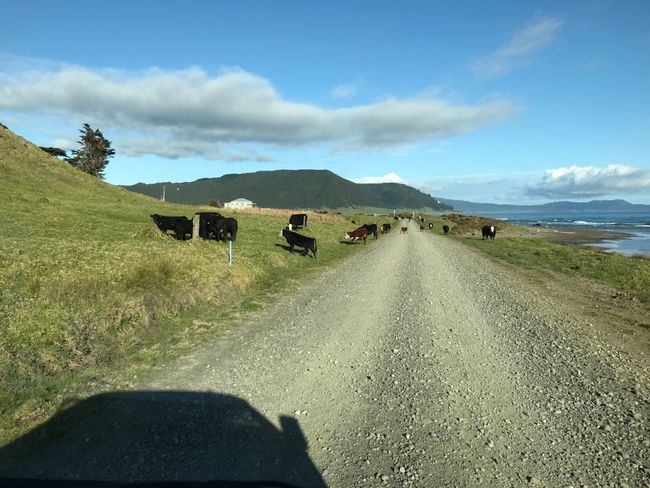
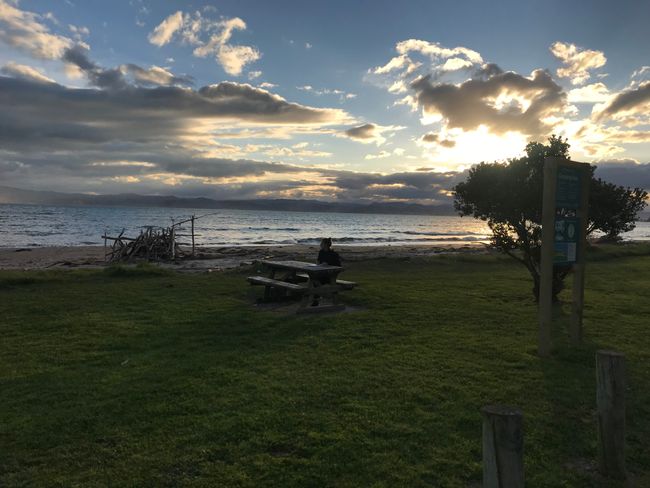
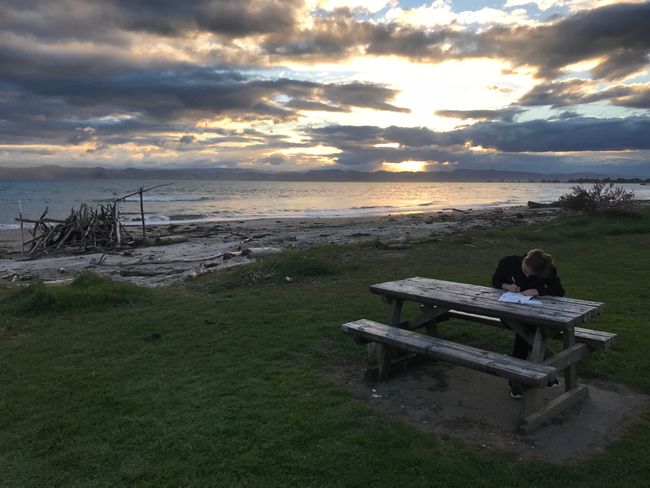
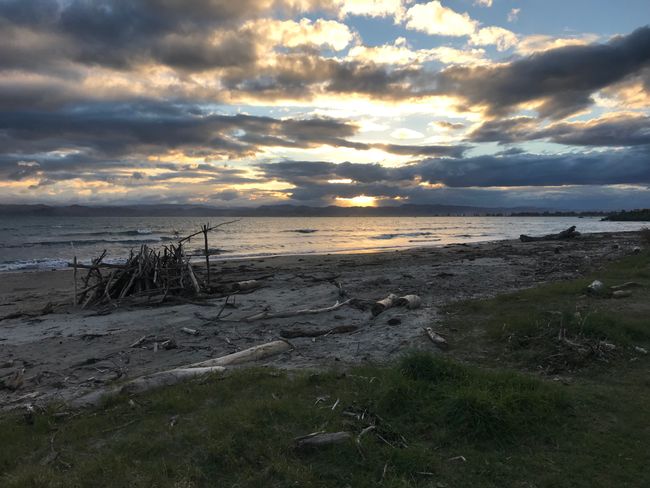
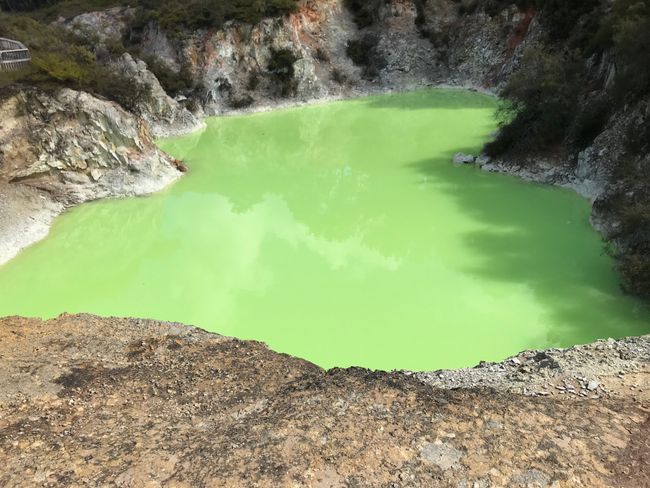
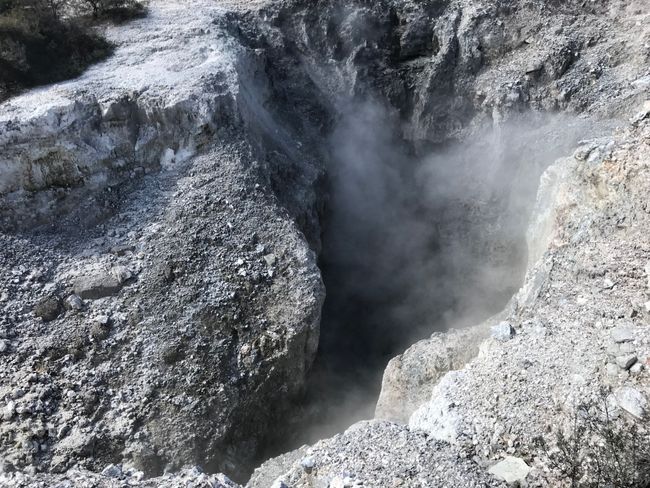
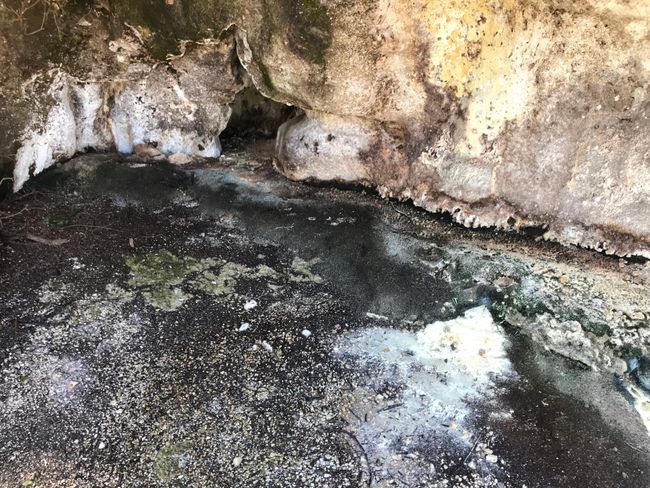
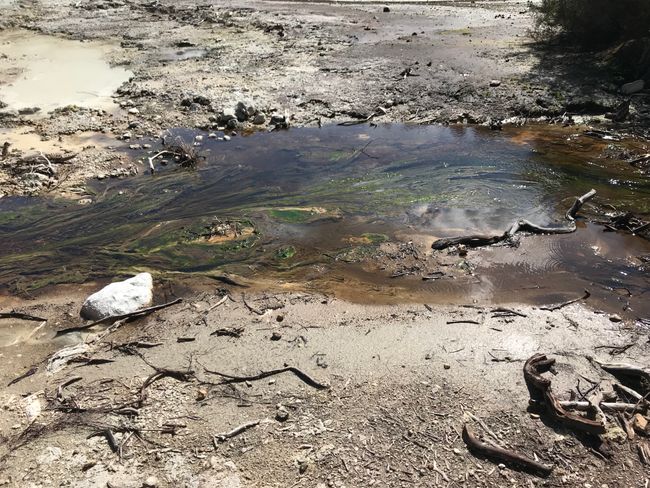
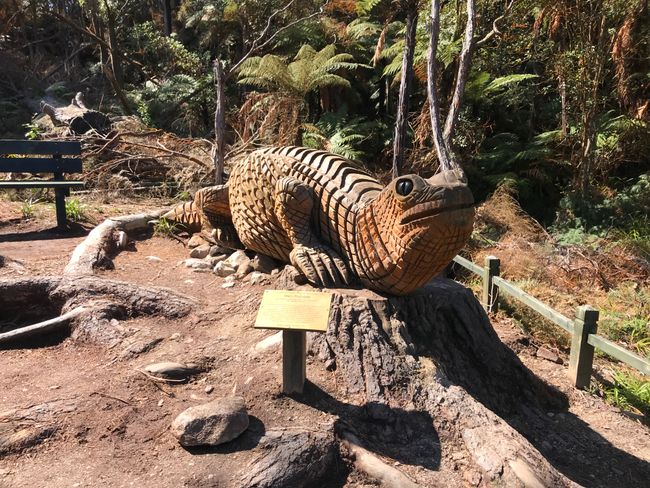
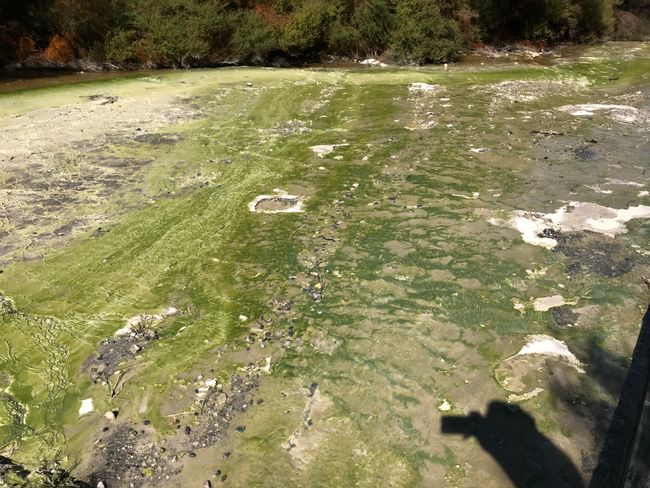
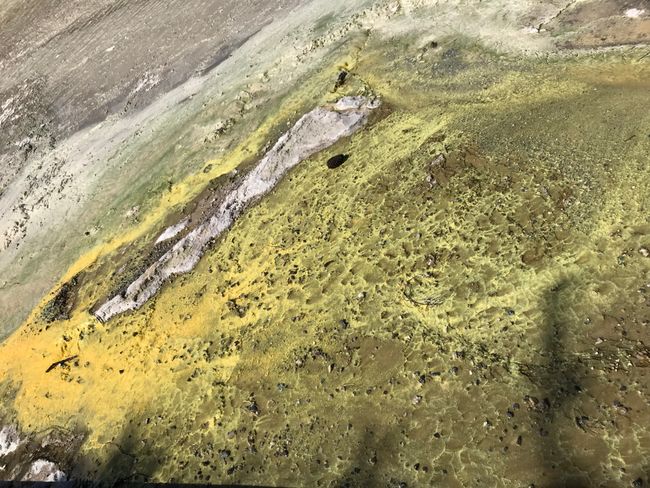
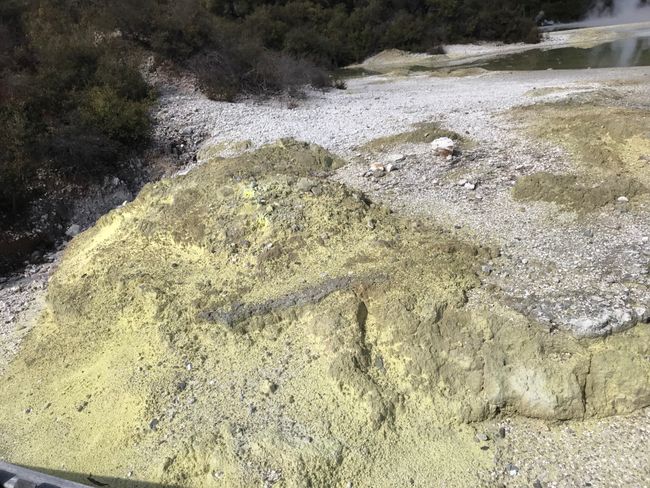
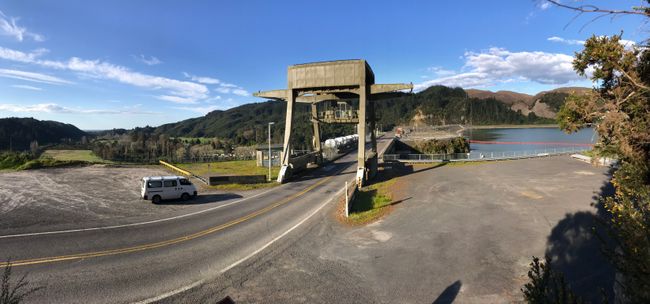
Бюллетеньгә язылу
Do you know it: You plan something and get everything done? No? Me neither...
At first, I wanted to write at least one post per week. Then it became once a month. Finally, once every 3 months (if at all). Well, here I am again. This time with a lot to report - and looooots of pictures.
The last update was that we were in Hastings, staying at a hostel and working there (tree nursery). A lot has happened since then. But let's keep the timeline and not jump around.
After the job at Pattullo's Tree Nurseries Ltd. ended (season was over, there was nothing left to do), Svenja and I stayed at the hostel for a while. We needed a few days to relax. Besides, there was no more work anyway. Until, after a few days, an offer came in that we couldn't refuse. A family (a couple with 4 children) on a large farm was looking for a couple to help out for a month (or longer). The tasks were cleaning, gardening, general farm work, and docking. It sounded great at first. But when we found out that we would have our own house there, for which we wouldn't have to pay for accommodation, and on top of that, get a salary of $16/hour, we knew we had to go there. Too good to be true, right? Well, sort of, because until then we didn't know what to expect from 'docking'.
The farm was an hour and a half south of Hastings. So we packed our bags and drove there in the van. When we arrived, we were warmly greeted by the grandparents and the children. The grandparents had their own house on the farm and took care of the children when the parents were busy. Then we moved into our temporary home. It wasn't a lie, we had our own house. With running water, electricity, and a television. And everything else you need. It was dirty and we had to spend a few hours cleaning it, but then we had a whole house for ourselves, where we could feel comfortable. Even when cockroaches (big, disgusting cockroaches that are abundant here in New Zealand) came out of the walls at night. You could overlook that. Even the gnawing and scratching noises of the mice. It was just an old wooden house somewhere in the middle of nowhere on a farm. That's how it is. And we didn't even have to pay anything for it. So it wasn't that bad.
Eventually, we got to know the owners, who were very friendly. Totally unorganized, but friendly. In the first few days, we cleaned the parents' house, which was desperately needed. You've never seen anything like it... that's how you imagine old abandoned houses that haven't been cleaned in decades. Well, at least we were getting paid. When we finished after a few days, we had to tidy up the garden. Until then, everything was simple tasks. But then they said we had to help with 'docking'. Docking, what's that? Let's ask Uncle Google: 'docking - cut short (an animal's tail).'
Wait, what? We're supposed to help cut off tails? No way!
And then we were there, in the field, with the sheep and lambs crowded together. The lambs on one side, the sheep on the other. In the middle, a wooden table with a glass bottle underneath, to which the 'docking tool' was connected. A kind of blunt scissors with an opening in the blade, through which the gas flows, which is then ignited to heat the blade. So it's not cutting, but burning. The mere thought was already terrible. Slowly it became serious, everything was prepared. They briefly showed us how to hold the lambs and then we started. I took my first animal at the chest and pressed its back against my chest. Then I took its hind legs and pushed them onto its belly, so that it couldn't move anymore and its tail was exposed. Then I placed it on the table with its hindquarters. First it was determined what gender the animal was, and then a piece was cut out of the left or right ear. After that, the tail was cut off and the stump was sprayed with a liquid. I guess it was a chemical that prevents any inflammation. Then the lambs were released again. For us, it was a horror. The smell when the hot iron burns through the skin, bone, meat, and wool is simply repulsive. And whoever wants to tell me that animals don't feel pain should have looked into the eyes of the lambs during the procedure. From that moment on, it would have been clear to everyone that animals have feelings just like us humans and should therefore be treated with respect. Unfortunately, not everyone is aware of that yet (*cough* underworld creatures born behind the moon *cough*). Svenja and I were relieved when the day was over. Both mentally and physically. These young sheep weighed 10-15 kg. 200-300 per person/day. And they fought with all their strength, which is understandable. After 8 hours, our arms didn't want to go on anymore. The next day, we were supposed to do the same thing again, but we refused. On the one hand, our arms were useless: they hurt like hell, were partly numb, and our joints could hardly move. On the other hand, we could not and did not want to do this work for one more second. For me, it's animal cruelty. The only reason why the tails are even cut off is that it's more hygienic and so that the sheep's tail doesn't get cut during shearing. But for me, that doesn't justify causing such suffering to the animals. Especially when there is no anesthesia or pain medication used. But I don't want to open a can of worms now, after all, my blog should evoke positive feelings and not negative ones. However, everyone should know what it means to wear wool products, eat meat, and consume dairy products. These things have a living history - a life, a past.
Anyway, we had to pack our things and leave. They needed replacements for the next few days and 'had no more space' for us. So be it, at least we have a clear conscience. And it was good like that. We're back on the road again, bringing galactic weather with us.
Our first destination after the farm stay was Castlepoint. For the second time now, it's just too beautiful there. Plus, we haven't seen everything yet. At low tide, you can go into a cave beneath the lighthouse in the rock. The path there was rocky and difficult (am I quoting Xavier Naidoo right now?), but it was worth it. It was a huge cave, full of seals. You had to be careful where you stepped. On the other side of the entrance, there was a small exit, but it was unreachable. The ocean water broke in waves there. It was breathtaking. Unfortunately, it was extremely dark (as caves tend to be) and because of the immense size, our flashlights couldn't illuminate anything. So there are no good photos of the whole cave, just small snippets. But for the future, we'll learn: always bring a floodlight on explorations.
After that, we went to Hamilton. There is a beautiful 'garden' there. Comparable to 'Planten un Blomen' in Hamburg, but bigger. With different sections, each with a different theme. But take a look at the pictures, a picture says more than a thousand words.
On the way from Hamilton to Tauranga, we made a stop in Paeora. In New Zealand, there is a drink called L&P - Lemon and Paeora. Lemon flavor with water from Paeora. At least that's what it used to be. Nowadays, only the brand is called L&P and a big bottle of L&P stands as a souvenir in the original place of production. A few minutes away from Paeora, there was another stop.
Karangahake Gorge. An old gold mining site that has been inactive for years. You can reach caves via suspension bridges and through a rainforest. Everywhere you can still find individual rails for transportation and old pipes and basins for cleaning. We even occasionally encountered gold prospectors trying their luck in the nearby river.
Through tunnels in the mountain, you reach viewpoints. The view was breathtaking. There were junctions everywhere. Most of them were fenced off. I would have loved to know how deep into the mountain it might still go. But safety first - risk of collapse!
On to Tauranga. There we climbed our second mountain in New Zealand. Mount Maunganui. Not a high mountain, but still a mountain. From the top, you could see Tauranga and the harbor. But also endless ocean, beautiful beaches, and small islands. On the summit of a mountain, the soul always longs for freedom. You feel invincible and like the ruler of the world. At least I do.
As you can see, I'm getting shorter and shorter with each city. Fewer sentences from city to city, even though there is still so much more to report. But as I said, a picture says more than a thousand words, and I have uploaded a lot of them. But there are still a few more cities and words missing, so let's continue.
Rotorua - the smelliest place in New Zealand. The volcanic area is known for its 'geothermal wonderlands', consisting of various attractions. We visited one of them, the Wai-O-Tapu Thermal Wonderland. They charge a proud $32.50/adult for admission. But according to numerous reviews, it's worth it. And it was. On a 3 km long path, there were almost 30 different attractions. From green lakes to steaming holes, bubbling black pools, and yellow sulfur rocks, there was everything. And much more. It's very impressive what volcanic activity does to the area above it. At this point, I refer you to the pictures again.
From Rotorua, we continued to the East Cape. This is the easternmost part of New Zealand. But not only that. Have you ever wondered where the sun rises first? Wonder no more, it's the East Cape. There, the sun rises before anywhere else in the world. And we witnessed it live. However, it's just a sunrise like any other, only there you see it first. It's a cool feeling to be the first one to see the sun each day.
Now we're in Gisborne, basking in the sun. Soon we'll be going back to work in Hastings (it already feels like a second home there). But until then, we'll enjoy the rest of our time in Gisborne...
Бюллетеньгә язылу
.Авап (1)
Angela
Einfach fantastisch. Du hast alles super beschrieben und bebildert. Ein grausamer Tag in Neuseeland war auch dabei. Genießt jetzt erst einmal die schöne warme Zeit.😙😎
Сәяхәт отчетлары Яңа Зеландия
